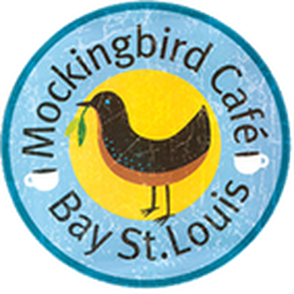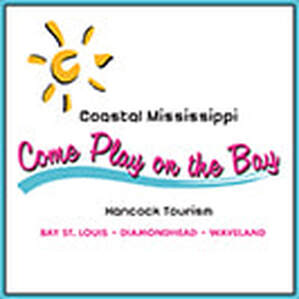For more than 40 years, GCCN has been helping victims of violence across South Mississippi. In 2016, they opened a Bay St. Louis office, making assistance even more accessible for Hancock County residents in need. Director Kelly Hawkins explains what services the center offers, and how it’s changing lives.
The Gulf Coast Center for Nonviolence hopes to raise awareness in the Hancock County community about the victims they continue to serve and the programs available to meet the victims' needs, including:
While the Center offers all of these services to Hancock County residents, the agency’s Hancock County office allows for a Court Advocate to be readily available in Hancock County Justice Court, Waveland Municipal Court and Bay St. Louis Municipal Court. The Court Advocate presents in these courts to advocate for victims of domestic violence by sitting with them in their emotional space, giving them support, and making sure they feel safe while facing their abusers. Counseling and case management services are also offered through the Nonresidential Program at this Hancock County office. The Center has an Outreach Adult Counselor and an Outreach Children’s Counselor who meet clients right in Bay St. Louis, so that they do not have to travel to access services - which is essential in making sure these professionals are available to clients on their schedules. Additionally, the Center’s Court Advocates and Counselors in Hancock County work directly with staff across the agency’s six-county service area providing referrals to emergency shelter, counseling, and legal services. This connection in Hancock County is crucial to educating community members, as well as victims of violence on what meaningful services are available to them during their time of need. The Gulf Coast Center for Nonviolence is available 24 hours a day, 7 days a week at 800-800-1396. The direct number for the Hancock County office (during business hours) is 228-252-1999. Their services are confidential, and safety is their top priority. If you or someone you know may be in need of services following a violent relationship, a sexual assault, or you have lost someone to homicide, please know you are not alone. GCCN is there to help and to advocate for justice and your rights as a victim of crime. You deserve to feel safe in your home. You deserve safety for your children. You deserve a violence-free life. They can help.
The Arts, Hancock County produces a visionary full moon art gathering in a natural setting on Bayou La Terre.
- Story by Steve Barney, photos courtesy of TAHC
Madden said, “The most important thing Milton conveyed to me was to not over-plan, and to let the artists have complete freedom to express in any way.”
For The Arts, Hancock County, producing an event like this was uncharted territory. None of the art would be for sale; it is a temporary experience of art in nature. How many artists would want to participate? Would anyone drive 30-plus minutes to the wilderness to experience it? It turns out that 27 artists and over 250 visitors wanted to take part. Led by Ann Madden, Kristie Buddenbaum and Bernie Cullen, the planning committee’s first task was to find the right venue – one that would allow visitors to experience nature while simultaneously allowing for the logistics of handling a large event. On their first visit to La Terre Bioregional Center and Art Studios last fall, the “dream team” knew immediately they had found the perfect place. Property owners James and Peggy Inabinet were excited about the opportunity to share where they live, work and provide a multitude of programs to the community. This magical space was the perfect setting for this event. Located on Bayou La Terre about 15 miles north of the coast, La Terre is an amazing collection of handcrafted structures, walking paths, creek bluffs, permaculture gardens, art studios, ceremonial lodges and so much more. James and Peggy are multi-talented artists, craftsmen, healers, farmers and educators. The Inabinets extend art to life’s journey itself – again, the invisible made visible. Emerson called this journey the “life of a poet.” Kandinsky called it a “life of art.” Editor's note: James Inabinet also writes the "Nature Notes" column for the Shoofly Magazine. These "unexpected explorations" take readers to a place where philosophy meets nature. Click here for his current column and scroll down for archived columns. James specializes in weaving and dyeing shawls, rugs, and belts of natural fibers. Some dyes are grown in the garden [indigo] while others are wild-crafted [walnut husks, Osage orange]. La Terre co-proprietor Peggy is also an amazing multimedia artist. Peggy says, “I love the forest in which I live. The flowers and leaves are so stunning that I just have to watercolor them. The creatures I see tucked inside a flower or nibbling on a leaf intrigue me. But when I create in clay it's expressing my beliefs that seem to come forth from within. Hence, I create nativities, angels, Sacred Hearts, and petrogylph plaques using terra cotta clays.”
For James and Peggy, this life as art includes an inquiry into how it might be accomplished within a culture that makes it difficult [if not nigh impossible].
It also includes the bootstrapping of techniques that enable the art of becoming fully human, that enable the art of human flourishing within a flourishing ecosystem and enables the art of acting in the service of Gaia, in communion with the life-producing biosphere as an integral and functional component. The Inabinets were enthusiastic to host a large event which incorporate the utopian principles of the Burningman global movement: Inclusion, Gifting, Immediacy, Leave No Trace, Self-Reliance, Self Expression, Civic Responsibility and Communal Effort. On Saturday, May 18, on an amazing moonlit night, it all happened… and for the 250 people who participated, it was a magical evening beyond anyone’s expectations. 27 artists, all members of The Arts, Hancock County participated, coming from New Orleans and across the Gulf Coast. Local Jazzabilly favorites, Heather and The Monkey King, performed in the carport, which became a central gathering spot featuring tasty food by Savage Skillet. Later in the evening visitors experienced the hypnotic performance of Hancock Arts regulars Pandorium Belly Dance Troupe and Priestess Sisters Fire Dance.
Participating artists included:
Ann Madden produced an installation using gel transfers of family photos as well as heirlooms and lights. Cynthia Mahner and Karen West created Moonlight at the Oasis filled with sculpture, cushions, treats and magic elixers. Danielle Inabinet fabricated a collection of delicate porcelain forms arranged within the sanctuary of the forest. Deb Schwedhelm produced a video projection and printing of photographs onto a large piece of white fabrics delicately hung in the branches of trees. Dharma Gilley displayed abstracted paintings and wrote poems for visitors on her typewriter. Elisa Desilva made a collection of faeries under the garden arbor. Gregory Matusoff created a surreal cityscape intertwined with nature. Holly Garvin created an underwater fantasy of jellyfishes and Gyptaku fish rubbing. Hunter Cole created a nature-themed installation of Petri dishes with bioluminescent bacteria. Jaqueline Mongoose and Eve Eisenman created Enchanted Night: A Wish Upon a Cloud, filled with wish faeires, whimsical paintings and sculptures. James Inabinet created Mother Earth, a partially buried torso birthing spring flower lights. Jane Clair Tyner made mobile sculptural pieces made of found bones, prayer sticks and flags. Joby Bass and Jessica Dark fabricated a driftwood tree with ceramic flowers. Kerr Grabowski and Micky Arnold created enlarged creatures of the night! Lisa Keel and Donna Martin made lighted shrine Art of dazzling glass, fabric and tree branches. Night blooming Flowers - fairies and Moons.
Lucinda D’enfant Live painting amidst display of masks.
Margaret Inabinet An installation of King Cake babies in the context of nature. Mark James did a spontaneous groundhog impersonation in midst of an extraterrestrial research area. Monica Kelly Studio displayed a series of paintings about the divine feminine and the healing properties of flowers. Additionally, Monica’s team bodypainted designs inspired by the Flower Moon.
Nathan Rodriguez built a collection of masks and sculptures and light boxes made from leather, glass, wood, and paper.
Samantha Shannon made a 12 inch high porcelain cast statue internally lit. Steve Barney created a water sculpture made from broken pottery. Look for more collaborative events between The Arts, Hancock County and LaTerre Bioregional Center and Art Studios in the future. For more info check out our websites: hancockarts.org and laterreintegralcenter.org.
Click here to join The Arts, Hancock County!
An author acknowledges how a small town, its people and a storm freed her to create her first novel.
- story by Elizabeth Bartasius
Before I landed in Mississippi, I felt like debris whipped around in the emotional hurricanes of anxiety, “shoulds,” and expectations. When I moved to the Bay in 2003, my first marriage disintegrated; life was in chaos. Then Katrina (the literal hurricane) hit.
All seemed lost, yet all around me I discovered a different way to approach life. People cared for each other, despite differences. They laughed over meals served by volunteers in tents. The Coast’s collective rallying cry — we will rebuild; and it will be bigger and better! — bolstered me. I learned that if I wanted something done, I was the one to step up and do it. Close-knit Bay Saint Louis offered each person the space and opportunity to share their unique gifts, to be heard, and, then to rise. In the Bay, I found an underlying current of support and a celebration of my own voice. I also stopped being in such a hurry. The beat of small-town life became my metronome. I paced myself accordingly with morning strolls to the ‘Bird for a take-out cup of tea, then to the long stretch of white beach. At the town’s shoofly deck, I took a moment under the oak to admire the dripping Spanish moss. In the slowness I began to appreciate the moment, to listen, to look, to observe all that was around me, all the while discovering who I was inside. Away from the frenzy of urban life, Bay Saint Louis gave me pause to think and the energetic space to write. And, there is much to write about! With drama, grit, beauty, character, and color around every corner; Bay Saint Louis offers so much sugar for a writer looking for ideas. Rumbles of a train. Sticky hands after crawfish. Long, lazy porches for impromptu hellos. Morning dew and sweat falling from trees like the drizzle of rain. Crab Fest, Pirate Fest, Bridge Fest, Second Saturday. Heat rising from an August midnight. The yellow light of the 100 Men Hall on a foggy night. Candied bacon from the Sycamore House. And, of course the whirring of an espresso maker as Laura or Whitney, still ten years later, greet you from behind the counter of the Mockingbird. (While not one single scene in "The Elegant Out" was set at this iconic establishment, many first drafts were written here.) All the bits and pieces I picked up around town began to inform the novel, from the blue house on Carroll Avenue to the carpool line at North Bay Elementary to Hairworks, where vines choked the outside A/C unit and sparked an idea for the protagonist in "The Elegant Out." Want I wanted to achieve didn’t seem so impossible wrapped in the down comforter of Bay Saint Louis. Over the years, our life in the Bay became a beautiful rut. I had resisted that dependable structure for so long; thinking I was only interesting, or likeable if I was moving and shaking. In the end, the laid-back, daily rhythm of this charming coastal town became my salvation and my transformation. When I stopped to acknowledge how much that rut stabilized and sourced me, the words unraveled; I rushed home to write them.
Please join Elizabeth Bartasius for a book signing and reading on Wednesday, May 15 at 5:30 pm:
Smith and Lens Gallery 106 South 2nd Street Bay St. Louis
One of the country's most engaging gardeners is also the best public speakers that writer Rheta Grimsley Johnson has ever heard. Here's her take on a personal hero.
- story by Rheta Grimsley Johnson, photos by Rheta Grimsley Johnson and courtesy Felder Rushing website.
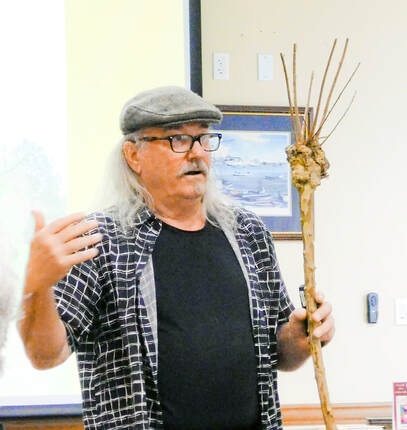 Felder at the Bay St. Louis Library, photo by Rheta Grimsley Johnson Felder at the Bay St. Louis Library, photo by Rheta Grimsley Johnson
Felder bills himself “The Gestalt Gardener” on public radio, and single-handedly takes the intimidation factor out of gardening. He merrily laughs at the manure spread by garden clubs, garden masters and extension services.
“Refreshing” doesn’t cover it. I once was assigned by the Atlanta newspaper to write about a venerable women’s club in Danville, Va. After the meeting, two members invited me to join them at a country club dinner. At some point the ladies noticed an acquaintance coming into the gilded dining room and immediately started whispering behind their hands to one another. They shared the dirt: She’s the kind of womanwho plants zinnias in the front yard! Let’s just say that zinnias in the front yard would be fine with Felder. He plants whatever he likes wherever he likes. He sometimes uses plastic buckets and old enamel dish pans for his containers. When someone asked him if he cared what his neighbors thought he said, “I do care, but it just doesn’t matter.”
He plants things that years of experience have taught him will do well in the South. No Oriental garden for Felder. No British country look – unless he’s at his second home in England.
And he plants things that “when I’m tired of looking at it, I’ll eat it.” Like the day lily bulbs he sautes. He plants tomatos every year though he says he can’t grow them. “They give me hope.” And he plants things that don’t need much weeding, “…because I’m old and when I bend down I see sparkly things.” He loves bottle trees and has the concrete chicken his grandfather gave his grandmother as yard art rather than some fancy and expensive long-legged lawn bird. In other words, Felder practices what he preaches. I’ve only seen his yard in the slides he shows at his talks, but I have it firmly planted in my imagination. It gives me license.
Years ago, when he moved into his suburban Jackson, Miss., home it was all St. Augustine grass, a steep slope and “a lawn mower on a rope.” You should see it now.
No contortionist pruning of shrubs for Felder, a look he describes as “gum drops and meatballs.” His approach is laid back and heavy on the whimsy. When he’s asked about whether he puts weeds in his mulch pile, he answers in the affirmative. Why not, he reasons. After all, there are weeds in his beds. “I put a dead raccoon in my mulch pile. I sifted out the bones and teeth.” While describing the “proper” way to prune a rose, he knows the textbook answer but also adds “you can prune a rose with a cherry bomb.” Because he spends the hottest months in England – conveniently bookmarked by his favorite London flower shows – Felder rents out his main house to medical students and lives in a shed in the yard. His kitchen is eight feet by eight feet. “You can open the oven or open the drawer.” And the last wonderful thing about Felder, the hero I haven’t quite worked up the courage to say hello to. He knows his lore from “The Andy Griffith Show.” Azaleas, he says, are like the show’s “Fun Girls from Mount Pilot.” They blow into town and cause a stir, but just as quickly they are gone and things get back to normal. That quip alone is reason enough to adore Felder from afar.
Read more about award-winning author Rheta Grimsley Johnson on her website - you'll also be able to order her books!
Americans love our dogs, but their poo? It's the cause of neighborhood fights, city ordinances and health issues. A veteran dog owner writes about her own clean-up conversion.
- story by Denise Jacobs
Editor's note: for artwork with this story, we've included some of the more humorous pick-up reminder signs we found during an Internet search.
A 2006 study published in the Journal of Applied Psychology found that owners pick-up after their dogs slightly more than 60 percent of the time. But this study is based on self-reporting and you know about the human tendency to exaggerate.
Why don’t some people pick up after their dog? Bags - people forget to carry poo bags; some people can’t see at night; some people don’t like to carry around a bag of poo; some of us can’t bend down easily. Some of us mistakenly think that excrement breaks down quickly and is absorbed by the earth; and for some of us - runners in particular - it’s a matter of stopping (or not stopping). Regardless, the people at Cuteness.com say, no matter what the reason, “the poop must be scooped.” In fact, a little internet research reveals a work-around for all the issues listed above, including the obvious (like bag dispensers that attach to a dog’s leash and flashlights, for example).
My friend David thinks people who don’t pick up after their dogs deserve to step in dog poop as a kind of karmic justice. I remind David that he once sat in a pile of dog poo at my mother’s farm long before he even owned a dog. Karma had little to do with David’s plop down on the grass, without so much as a look around.
It was more a consequence of country living. Back in the day, if you owned 350 acres and raised cattle, you weren’t inclined to pick up after your dog. Truth be told, David should be happy it was dog doo and not a cow pie. A colleague once complained to me about the many dog owners who failed to pick up after their dogs and the subsequent stinky piles deposited on her well-cared-for lawn. I casually remarked that I was among the guilty. While I did not live in my colleague’s neighborhood, I did not pick up after the 62-pound pit/chow I inherited post-Katrina. By the way, according to the Pet Poo Skiddoo Dog Waste Calculator, at 62 pounds, my dog had the potential to produce a hefty 424.31 pounds of poop a year. The bigger the animal, the more prodigious the output.
Based on my colleague’s horrified reaction, an explanation seemed in order. I said, “You must understand that dogs are forever pooping on my lawn, too, and their owners don’t pick up after them.”
I wanted my colleague to understand that I was a victim of sorts. I, too, had been shat upon. I wanted her to see the logic in my argument, even the karma of my actions, if you will. Alas, it was not to be. My highly-rational colleague countered my faulty logic by practically blurting out her response: “But, Denise! They’re not my dogs! I don’t even own a dog!” Ah! Logic. And thus began my awakening.
Now, all these years later — another city, another dog — I really wish dog owners would pick up after their pets. When they don’t, all dog owners get a bad rap. Mothers whose children have run barefoot through dog doo scream at us indiscriminately. We get chased out of parks. People at outside cafés cast suspicious looks our way.
But this is all secondary to the real issue of dog waste, which supersedes stigma and stench and has more to do with health and sanitation. Dog waste carries the potential for disease. 
Foster and Smith, a vet-owned pet care company, lists five important reasons to clean up after your dog, and chief among them is disease control. A quick Google search of companies specializing in the removal of dog waste (Doody Calls or Dr. Dog Poop, for example) reveals that pet waste is an environmental pollutant. Dog feces can carry a host of bacteria and parasites, including whipworms, hookworms, roundworms, tapeworms, and giardiasis.
And did you know that simply walking in a fecal-contaminated yard with shoes on and then wearing those shoes into your house has the potential to create infection in humans?
If that isn’t enough, be aware that many cities have pooper-scooper laws in place. In Bay St. Louis, for example, neighborhood signs indicate a hefty fine associated with failure to pick up after Fido.
Remember, picking up after your dog is not about the weather; dog doo has a longer shelf life than you might expect, rain or not. It isn’t about karma, which sometimes flies in the face of logic, at least as we mortals understand it. And it’s not about whether anyone can see us. Remember the John Wooden quote? “The true test of a man’s character is what he does when no one is watching.” It isn’t even about the fines! It is about responsible dog ownership and doing the right thing, not 60 percent of the time, but all the time. Note to self: just do it!
One of the historic touchstones of Old Town Bay St. Louis, Century Hall (112 South Second Street), now serves as home to several new businesses. And when a top floor renovation is complete, there's more goodness to come.
- story by Lisa Monti, photos by Ellis Anderson and Lisa Monti
On the November 30 - the last Friday of the month - Century Hall will be open until 7:30 in conjunction with the Night Market at the Mockingbird Café (just next door!). Stop in the see the new gallery and meet some of the artists.
Century Hall is open Tues. - Saturday, 10am - 5pm, on Sunday from 11am - 3pm and closed Monday.
Longtime tenant and Century Hall manager Susan Davis Peterson has taken over the space where Gallery Edge, an artistic cooperative, showcased works of 10 local artists. Peterson said when Gallery Edge ended its successful run, she couldn’t let the space remain vacant. And she wants art lovers to know that “the gallery has not gone away.”
It is now showing the works of several talented artists with various styles in paintings and pottery. The gallery is so new that Peterson hasn’t settled on a formal name yet. “It’s like naming a child: everybody’s got to have input,” she said.
For now the working name is The Gallery at Century Hall, though somehow the word Rebirth keeps coming up, even on a small sign at the entrance to the new gallery. The works are in place, on walls and display tables, and Peterson is planning a grand opening soon. She also wants to have “pop up” exhibits regularly, probably every other month.
Artists currently on display are Tazewell, Marion Knobbe-Scott, Bill Nelson, Eileen L. Morrison, Vicki Niolet, Alexander Brown, Sandra Epton, Kerr Grabowski, Liz Schaffer, Joey Rice, Bill Myers, Stacey Johnson, Craig McMillin, Dale Simmons and Pat Gavin.
Old Town anchor Bay Life Gifts & Gallery relocated from Main Street into Century Hall in March of this year, so it's a newish tenant, not actually new. Owner Janice Guido says the move has turned out to be a great one. Customers love having parking on-site and so many other shopping options under one roof.
"With the all the new goings-on here, we're expecting 2020 to be even busier," said Guido. "And we're thrilled to have Tami Curtis here now too."
Guido's referring to another new addition to Century Hall - the Tami Curtis Gallery on the first floor - just across from Bay Life. The space is packed with colorful creations by the New Orleans artist: painting, prints, cutting boards, notecards and pillows all adorned with her creations that reflect the music, culture, nature and history of New Orleans and Louisiana and New Orleans.
Familiar musicians including Irma Thomas, Kermit Ruffins and Pete Fountain are prominent subjects of Tami’s paintings. She’s been selected to create three posters for the French Quarter Festival. Her style is unique, with bold colors, and some works feature fabric and vintage architectural pieces found in and around New Orleans. Tami and her husband, children’s writer Perry Guy, collaborated on a newly published book for young readers, “The Mardi Gras Boat Parade.”
Tami holds a BFA in graphic design and also has experience as an art teacher and worked at the New Orleans Museum of Art’s education coordination.
Tami, who moved to Bay St. Louis from New Orleans and will soon have more space when the renovation of Century Hall’s third floor renovation is complete. She plans to host paint parties and offer private art lessons there. “It’s a gorgeous space with lots of light,” she said. “I hope open and be ready for business the day after Thanksgiving.”
Across Tami Curtis’ new studio space in the top floor of Century Hall will be the much anticipated food venue Chef David Dickensauge announced earlier this year.
The focus of The Ugly Carrot will be on locally sourced produce (milk, lettuce, tomatoes and more) and products, signature juices, made-in-house Kombucha (fermented tea) and plant-based food to-go. Covey Rise Farm in Kentwood, La., is just one of the suppliers for The Ugly Carrot. Others include Shroomdom Seasonal Sensations, Country Girls Creamery and G & M Goat Farm.
The chef says all of these farms are located within a 60-mile radius.Chef Dickensauge, who also presides over his C&C Farm to Fork restaurant on Main Street, says the new market in Century Hall will be open at the end of November. The opening can’t come soon enough, according to followers on social media, who are tracking the project’s progress on The Ugly Carrot website and Facebook page.
A trio of artistic leaders and businesspeople have ambitious plans to grow The Arts, Hancock County to enhance creativity, local culture - and the economy.
- story and photos by Ellis Anderson
One of Barney’s more recent community projects, the Magnolia Bayou STEM art project, worked with the local Boys & Girls Club to create a video and multi-media exhibit.
Madden is a designer and professional photographer, in addition to being co-founder of the Bay’s Smith & Lens Gallery, 106 S. Second Street, BSL. Madden and her business partner, Sandy Maggio, have garnered national attention for the Bay by creating two events celebrating the birthdays of women in the arts. Frida Fest, held in July, honors Mexican artist Frida Kahlo, while Dolly Should in January, focuses on singer-songwriter Dolly Parton. Both events have been poular area business boosters.
Barney says that plans are already underway for a raft of new and updated programs in 2018. He says that the long-range goal is to create partnerships with the Chamber, the Old Town Merchants Association, and local governments - collaborations that will promote economic development throughout the community.
For instance, a series of public art projects are already in the works with the Hancock County Board of Supervisors. Barney’s also working on plans to host a one-day “economic/arts summit,” to explore ways The Arts can coordinate efforts with other organizations to attract more visitors, residents and businesses over the long haul. Look for Arts Alive! – a popular multi-media event that takes place in March (March 24, 2018) – to get a face-lift this spring. Produced by The Arts in coordination with Old Town merchants, this year, the event will bring more fine art to the streets. The film festival segment, introduced last year will be expanded as well.
The juried exhibition for The Arts members will be moved to a higher visibility venue (TBA).
“We’re going to focus on more hands-on demonstration type things for the 2018 Arts Alive,” says Barney. “For instance, I’m also working with artist Vicki Niolet to do a big Steampunk build-out. In real time, we’ll actually be welding together a kinetic sculpture while people watch.” Also on the table is a tour of artist studios in the fall, and more arts workshops. “We’re having more classes offered here at the Bay Creative Arts Center all the time,” Barney says, citing everything from pottery classes to flower arranging workshops. “It’s part of a bigger initiative to bring snowbirds down here for the winter for artists in residence opportunities.” Barney points out that local B&Bs and vacation rentals will benefit by the endeavor, as well as local shops and restaurants. Membership benefits will be making a huge stride forward in 2018, according to Barney. The Arts is updating its website, integrating more social media and streamlining the members community – making it easier for artists to join and sign up for committees or events. “We have big social media initiatives planned, including Instagram “takeovers,” and artist of the month features,” Barney explains. “Donna Martin will oversee our gallery exhibitions, standardizing the system to manage gallery openings at the Waveland City Hall and other venues. Our educational outreach will also be expanding.” Barney says that the Magnolia Bayou project has already borne positive and long-lasting fruit: The Arts has teamed up with the Raw Oyster Marching Club to bring a weekly after-school arts program to the local Boys & Girls club.
To join The Arts, Hancock County, click here! You can even pay online.
A Take on Two Coast Museums
Seasoned reporter and new coast resident John Branston weighs in on two popular visitor attractions - with a fresh perspective.
 George Ohr George Ohr
I had a miniscule part in this deal. In 2003, 2004, and 2005 I was working as a freelance writer for the state of Mississippi Department of Tourism, writing stories for their annual magazine, which printed an astonishing number of copies in the hundreds of thousands and therefore paid an astonishing – by journalism standards – amount of money for a two-week paid vacation from my regular job in Memphis.
The Ohr museum, as it was then called, was just coming to fruition before Katrina hit. My editor had a gentle hand, and advised me to put a little something into the mix along with casinos when I got to the coast. I was one of the wordsmiths who jumped on the “mad potter of Biloxi” with the wild eyes and elegant handlebar mustache as eye candy for my hackneyed travelogue, just as casinos aspire to be more than, well, casinos. As everyone on the coast knows, internationally famous architect Frank Gehry was hired and came up with those stainless-steel pods. Take that, Ocean Springs and Shearwater Pottery! The trouble is, as even an art dilettante like me could foresee, giant pods trump giant pots every time. You can drive by or park in the parking lot and walk around the grounds and admire Mr. Gehry's creations without setting foot inside the main building to see Mr. Ohr's creations. Never mind, said the editor in Tupelo, the story is swell the way it is. Let Biloxi worry about the turnstile count and the balance sheet.
And this is where the O'Keefe name comes in. My guests (and fellow art dilettantes and crossword puzzle buffs) all assumed, as I did the first time, that art works of painter Georgia O'Keefe would be on display along with ceramics. Later on we learned about benefactor Annette O'Keefe. Good citizenship and good marketing, but not enough to make the museum a moneymaker going up against slot machines, singers, and sand. No snarkiness intended, but a benefactor named Elvis Anything might have helped more in the naming department. Believe me, it has worked in Memphis and Tennessee for 40 years.
Which brings me to another museum less than a mile away, the Maritime and Seafood Industry Museum. What a glorious collection of schooners, trawlers, speedboats, and sloops. What a tribute to shrimpers, sailors, shuckers, immigrants, guts, unbelievably hard work, recovery, compassion, and the human spirit.
Worth an hour, an afternoon, a day of a visitor's time. Essential crash course in local history for any newcomer. And a triumph of substance over style and marketing. The Zen of Garage Sales
Two veteran garage sale organizers share a detailed list for a successful - and profitable - event!
- story by Susan McManus and Christina Richardson
There has even been a National Garage Sale Day since 2001.
These sales can be very modest. It can be just a family or two, or an event with multiple providers of stuff. Size matters to some. This past March 3 and 4 there was a seven-mile garage sale in Kiln, Mississippi. The fall repeat of the sale will be on the third Saturday in October.
There are some massive sales that extend over longer distances than the one in the Kiln. One that is really fun is the Route 50 yard sale. This year it was held May 19–21. It started in Indiana in 2000 to promote tourism along US 50 and to unite communities for fundraising. Depending on where you are, these sales are also known as rummage sales, yard sales, attic sales, tag sales, lawn sales, junk sales and even beach sales. The history of these sales we think goes back to the 16th century, when miscellaneous cargo stored in the hold of ships went unclaimed or was damaged. This cargo would be hauled off the ship and sold on the docks. The same practice was used for damaged or unwanted goods from storehouses. By the 1890s, rummage sales were commonly held at a communal location such as a park or church for a charitable cause or to raise money for the church. After the end of World War II, people had more money; there were new consumer goods so they could buy more stuff. The 1950s and ’60s were times of acquisition and the ’70s were times of getting rid of all that stuff. Four Steps to a Successful Garage Sale
For the past few yearsFriends of the Animal Shelter in Hancock County has hosted a fall and a spring yard sale. We were happy with our sales, and the volunteers were still friends when all was over and done. We have found that buyers who understand the reason for the sale are more likely to pay what the asking price is because the revenue goes to charity.
A successful effort includes the right attitude going in and paying attention to four areas: presale, preparation, implementation, and wrapping up. But first, attitude: Know why you are having the sale and what your expectations are. Plan on buyers looking for a bargain and asking you to reduce the prices for items you think are worth a certain amount. You are selling “treasures,” not stuff. Treat your customers well, reminding them of your mission and negotiating gracefully. Some people are looking for bargains, while others want things to resell. Your goal is to give the customer a bargain, sell as much as possible, and to enjoy the experience. Presale Before the sale select the dates and location for the sale. Usually the best days are Friday and Saturday around midmonth. Check to see what other events are planned in your area so you are not in competition. Avoid holiday weekends. Select the time for the sale, such as 8–2 or 7–3. People will come before and after but it’s best to have a designated time. Solicit volunteers. Having enough people to help is crucial, as this is a very labor-intensive function. Since there are many facets to a successful sale, volunteers can be involved in some or all of them, as they are able. Location is very important. Pick a main thoroughfare if possible, with ample parking and easy access. Include address and sale times on all publicity. Publicity includes such avenues as Facebook, websites, craigslist, newspapers, and signs. Signage is very important and signs should be placed at intersections within a several-mile radius of location. Designate volunteers to put out the signs the day before the sale and collect them the day after. Make them generic enough to be reused, i.e. Yard Sale, Friday and Saturday, 8 to 2 PM, and address. Don’t include too much information, and use big lettering that is easy to read. Next, get the word out — not just about the sale, but also to solicit donations. Remind donors to give you items that are clean, not broken, and are ready to display. Have a specified location and time for these donors to drop off their items. Ask donors to pre-price if possible and offer to collect larger items if you have that capability. Tables are a must, and there needs to be a lot of them. Ask volunteers and donors to bring tables to sale location prior to sale. Preparation Setup requires many volunteers and is hard work. Tables must be arranged in columns with easy traffic pattern for customers to browse. Try not to use the ground to display items, but raise them up for easier viewing. Cover tables with tablecloths or sheets if they are not pristine; it is less distracting and makes items look nicer. Unpack items from donors and be sure they are priced. They should be placed in designated areas depending on category. Do not put out soiled or stained items or junk. Be selective. Besides tables there should be some equipment to hang clothing, hangers, and poles, shoe racks, etcetera. Display of items is also very important. Neatness is key. Constant vigilance of items by volunteers keeps thing from getting messy and disorganized during sale. Open spaces should be filled constantly. Collect boxes, have bags, and bubble wrap in reserve for sales at checkout. Implementation Sale items should be sorted and displayed by category. This includes glassware, china, kitchen, electronics, small appliances, luggage, bric-a-brac, media, art, frames, music, children’s toys, games and puzzles, sports and exercise, linens, pets, lighting, jewelry, decorations, holidays, bathroom, hobbies and crafts, clothing, miscellaneous. Clothing should be subdivided into adults, men and women, children, costumes, accessories, shoes, and bags. Books should be separated into fiction, nonfiction, cookbooks, how-to books, and so on if possible. Furniture should be placed in front of sale area as that always attracts buyers. Volunteers need to replace items that customers move to appropriate areas. Designate one person to be in charge of the money and to be in a location where customers can pay and have items bagged or packed. Volunteers can collect money but should always bring it to the money person after the sale. Money person should periodically remove large bills and place them in a secure location and never leave the moneybox unattended. Pricing should be reasonable and items should be priced to sell. Evaluate donations, and price them fairly. Deals can be made with individual customers, but beware of the professional bargainer or dealer, as they can be very forceful. If items are priced fairly and reasonably there is no need for bargaining. Offer to stack potential sale items by the money person so customers can continue browsing. Give them a small box to carry and fill with things before checkout. Volunteers need to be visible and available to answer questions and possibly show customers how something works or point out special items of interest. Don’t be too pushy, though, as people like to be left alone for most part. Unfortunately, volunteers also have to be vigilant and watch for theft. There should also be a contingency plan for overnight and inclement weather, such as tarps and plastic sheets. Even though times are listed on signs there are always people who want to look after sale hours, just ask them politely to come back next day, or apologize that it is over. Post Sale After the sale is over, volunteers should pack up all remaining items in boxes and decisions should be made ahead of time about what to do with leftover stuff. It can be stored for next sale, donated to a thrift store, or discarded. This is another labor-intensive task, and may require different volunteers. Sale area should be left clean and garbage placed at curb for pickup. Tables should be collected by owners and all signs picked up and stored. Treat your volunteers well. Donuts, pizza, and water go a long way to make the work more pleasant and you will get more volunteers next time. A few days after the sale have a follow-up meeting to discuss what worked, what needs improvement and when the next sale is to be. Let all volunteers know how much they contributed and what the funds raised will be used for. Thank everyone multiple times — they worked hard. Not to Touch it Was My First Reaction...
Flash fiction: Writers entering the literary component of the annual Arts Alive! festival in April were given 400 words, an intriguing prompt and only a few hours to come up with a compelling short story. Read the work of the winners!
1st Place
"Yours and Mine" by Jane Clair Tyner
Not to touch it was my first reaction. Last night’s high tide must have washed it up on Henderson Point. After 26 years as wife, 23 as mother, I could no longer distinguish between instinct and obligation. I found the nearest plastic bag and used it to pull the carcass from the water’s edge. I examined it, considering all the options of its life, its journey to Mississippi’s shores. There was slight comfort in imagining a death that wasn’t the result of trophy fishing or otherwise succumbing to man’s disregard.
I thought about how when I first began my Sunday morning scavenger hunts, John would sift through my finds with me when I returned home. His interest was feigned; maybe that’s the most loving of all interest a spouse can give. I thought about when he quit. Was it before or after the girls started high school? Did I quit showing him or did he quit asking to see? I thought about anything to forget you were late. Seventeen months and three weeks. That’s how long since our first meeting. Seventy-five Sundays later, we’ve missed eight. One to your father’s death, two for rain that wouldn’t cease, John’s broken arm, the remainder to family vacations--yours and mine. It was three weeks ago you told me you’d wait until I was ready...ready. That word has so consumed my thoughts the past three weeks, I can’t remember its meaning. I’ve looked it up on dictionary.com, reading it over and over, even out loud. That only made it all the more nonsensical. How does one prepare to leave the life they’ve sacrificed for and to for 26 years? A squall was building out by the island. John wouldn’t question my returning home so early once it made land. You’re nineteen minutes late now. I walk back to my car as slowly as I can, burying my feet deeper into the sand with each step, wrestling against the wind at my back. Leaving you, even leaving waiting for you is always brutal. I pull my phone from the console hoping to read your most frequently uttered phrase to me, something about waiting. No text message, an email, “She knows.” It felt nothing as I expected. It felt like movement without question. It felt like instinct. It felt like I was ready.
2nd Place
"On the Beach" Phil Levin
Her scent captivated me, a smell of fresh dew on a meadow, mixed with the salt aroma of an off-sea breeze. Not to touch her was my first reaction, figuring last night’s tide must have washed her up on Henderson Point. Dawn barely broken, I set the ice chest down, plunging my fishing pole into the sand and watching Snuffy, my little terrier, approach her cautiously, giving the mermaid one of his sniff-snuffles.
Her eyes snapped open, irises the azure of the sun glistening off the deep sea, her sweet red lips opening in a little pout as she flicked her tail once or twice, shaking off the debris. “Do you speak?” I asked, taking a step closer and squatting next to her. I reached out gingerly, running a finger along her scales. Surprisingly soft, they squeaked under my touch. Her voice had a lyrical tone, a hypnotizing allure of Odyssey’s sirens. “Ah yes, mighty human. I know your tongue. My people have followed your ships for hundreds of generations, guiding them from storms, unsnarling your nets, always befriending those with legs.” She squirmed a bit, digging herself deeper into the sand. “And you, bold master, what brings you to this sandy shore so early in the morning?” I pointed back at my pole. “Out to do some fishing. Hoping to catch a big one today for a fish fry party planned for tonight. Got the gang coming over to watch the game.” The mermaid gave me a sweet smile. “I could help with that. I’m afraid the storm last night washed me too high up on the dunes for me to get back to the sea by myself. If you could pick me up and carry me back in the water, I’d surely catch you a gigantic fish, maybe two.” I stood and looked out on the Gulf. Protected by the sound, with the passing of the storm the water lay still and dead, the chance of me catching anything significant today seemed slim. I picked her up and cuddled her against my chest, raising from a squat carefully. She began squirming as I walked away from the shore towards my truck. “What? Where are you taking me?” “Home to place you in my big cooking pot. With a bit of cayenne pepper, I bet you’ll be delicious!”
3rd Place
"Six Reactions to a Steak Dinner on the Beach" by Steve Hoffman
Not to touch it was my first reaction. Last night’s high tide must have washed it up on Henderson Point. But who would go to the trouble of preparing a really nice steak dinner with grilled fingerlings and asparagus spears only to place it in a small flotation device and send it on it’s way?
No one was my second reaction. But there it is with a 2014 vintage bottle of Conundrum. This is my favorite meal. This. This is no accident. My third reaction was – I’m being watched. Where are the cameras? A crack team of culinary students have embedded themselves in the sand and they are watching, waiting to see if I bite. My fourth reaction was – I forgot to take my medication. No. I distinctly remember taking it. This is real. This is happening. I am on the Food Network right now. And how viral would it be if I stripped bare and devoured that Cowboy Cut with my bare hands? If I took their wine, their properly poured offering and smashed it upside my head. What if I began to chug straight from the bottle letting the majority spill all over my naked body. They’d never see that coming. But it’s always that one percent of doubt that when I got home I’d find the pill still in the organizer looking up at me as if to say, “that was a close one.” This is my last meal, isn’t it? If I sit down and partake, a ninja lurking behind the grassy dune will take his bamboo blow gun and punctuate my last swallow with a poison dart to the neck. Funny that I should go the same way my father did. That was my fifth reaction. This line of thinking usually convinces me that I did indeed forget to take my medication. But not this time. There was no denying the steak dinner. It was there. I could smell it. Not knowing what to do, I sat there all day long and stared at it. As the sun dipped below the horizon, a girl sat down beside me. To life, we toasted with a full moon rising. She took the first bite, then I took mine. It had sand in it. I thought, “I’ve made a huge mistake.” That was my sixth reaction.
Untitled
by Nonie Johns
Not to touch it was my first reaction. Last night's high tide must have washed it up on Henderson Point: a plastic garbage bag billowing in the breezes. Besides, I could see the outline of something inside...something BIG. Moving closer, hoping that it was not a bag of body parts, I saw square corners poking at the sides of the bag. I knelt down on the sand,tearing the plastic open with the help of my trusty Swiss Army Knife. Inside, I found a large padlocked wooden box with a tiny key inserted in the lock.
Well, what would you do? I opened it. Most of us have been taught to respect other people's property, their privacy. In my case, however -- born with an insatiable curiosity-- I find it difficult not to inspect closely things that interest me, especially if they don't belong to me, or if I find them on the beach. The key was already THERE, calling me -- no DEMANDING that I open that box, and I did. I hadn't noticed that the box was hinged, further proof of permission to explore, and as the front of the box opened, I saw the most amazing thing. A beautiful doll house, painted dark blue, white shingles on the roof, white gingerbread trim around the doors, windows and under the eaves. Real glass windows showing tiny curtains drawn from the inside. Like Pandora, I just HAD to see the inside of that tiny house. I opened it, how smoothly that front door swung aside, and inside, INSIDE~ was a damn dream of a dollhouse. Every room with lovingly crafted furniture. Not jumbled or tumbled as one would expect from being tossed about in the Bay, but fastened to floors and walls with some kind of barnacle glue, keeping sofa, chairs, desk, and rugs on the floor, teensy copies of the old masters on the walls. The beds with their dust ruffles and comforters smoothly inviting. A kitchen to die for; cupboard filled with Blue Willow dishes. A bitsy wine rack on the counter, waiting for an exhausted, very small homeowner to come and have a glass. The whole house - the original tiny house intact, expecting, waiting for some beloved child to play with it. I considered hauling it home. I found it, after all. But the very best gifts are the ones we share. I left it there.
"To Know"
by John Herron
"Not to touch it was my first reaction", Rick said as he stared blankly down at the pavement.
"Last night's high tide must have washed it up on Henderson point." He took a deep drag of his cigarette. "You ever see something Mort, that makes you question what your even doing here?" "In Biloxi?", Mort asked as he furrowed his salt and pepper eyebrows. "No, think bigger Mort.", Rick looked up and met Mort's eyes. "I mean here, in this world, on this planet. What greater purpose do we serve? Are we just here to consume and accumulate waste?" "Does this have to do with what you saw at Henderson point?" Mort asked. Rick looked down at his shoes and sucked on his cigarette. "Dammit Mort. Have you ever seen something that made you feel so small, like everything you thought you knew was just a tiny speck in a vast universe?" Morton thought about this for a minute and said, "I once saw a man beheaded in a town square for stealing bread. It made me feel like I was ungrateful for all I have. Is that what you mean?" "Mort, on the beach that night." The eyes that looked at Mort were blank. The man under them was on standby, just along for the ride. All fear and worry had been drained until there was just a shell of a man with autopilot behind the wheel. "It was something I had never seen. It's eyes were knowing, Mort. It knew what I was, and I could feel it." "What did it look like, Rick? Some kind of fish?" Rick darted his eyes to the pavement. "No." "Well, what was it?" Mort said. "You sound like a crazy person." "Maybe I am", Rick said in a starry voice. "But only because I looked into its eyes. I saw Mort. I saw and I saw and I saw. Forever. The world broke away from me, and I knew. I knew things that had only been dreamed of. I could see the world, Mort, and its end." "My nose had began to bleed." Rick said and Mort looked disgusted. "That's when I fainted, but when I awoke Mort, I knew the meaning of life. Why we are here and the full potential we all have." "What is it" Mort asked. Rick smiled and wrapped his arms around his friend. Write for Mississippi
Noted author Katy Simpson Smith spearheads a program that brings writers into high schools, challenging students to tackle problems in their own communities - with the power of the pen.
- by LB Kovac
Smith is an author by trade - her first novel, “The Story of Land and Sea” (2014), was released to good reviews, and her latest novel, “Free Men”, has similarly received high praise from publications like “Vogue,” “The Washington Post,” and “The New York Times.”
And so it makes sense that, from her initial inspiration in that high school classroom, Smith would develop a way to demonstrate to students the power of their words.
Heirs of that Revolution
Smith is behind Write for Mississippi (WFM), an organization that seeks to “use creative writing and storytelling to further the causes of community engagement, social justice, free speech, historical responsibility…” WFM’s latest advocacy uses writing as a “springboard for action,” empowering students – students at high schools across all 82 counties of Mississippi – to pinpoint and address problems within their own communities.
With her project, Smith poses two questions to Mississippi’s students: “What is a problem within your community? How could you fix it?” Dubbed, “What Can We Do For Our Country?” WFM marries writing, duty, and advocacy.
Smith’s questions are questions that writers from every generation of American history have considered. One example is Maya Angelou, author of the poem, “Still I Rise.” Published in 1978, the poem speaks to the era’s restrictions imposed on the civil liberties of African Americans. By the simple act of writing the poem, Angelou brought to light a pressing problem in her own community. Smith hopes that students will be inspired by the works of writers like Angelou, Danez Smith, Langston Hughes, and others. By getting students to engage with issues personal to them and asking them to think about possible solutions, Smith says it will “provoke students into thinking of themselves as agents of change.” From there, who knows what will happen?
A Special Pledge
This isn’t Smith’s first foray into civic action. Last year, Smith created an alliance of 95 writers to petition against Mississippi’s H.B.1523, also known as the “Religious Liberty Accommodations Act” or “First Amendment Defense Act.”
This bill, which Governor Phil Bryant signed into law, would make it legal for organizations, businesses, and private citizens to discriminate against patrons or employees based on their perceived sex or their sexual orientation. The response to Smith’s latest project, Write For Mississippi so far has been heartening. More than 40 writers have volunteered their time and skills to lead the project’s proposed 50-minute classroom workshops. Teachers and educators in 22 of Mississippi’s counties have responded with requests for these visiting writer’s workshops. And a GoFundMe page set up to cover costs reached more than 85% of its goal in less than 18 days (click on the link to donate to the project). But Smith isn’t satisfied with those numbers. She’d like to have all 82 counties in Mississippi represented in the project. Area teachers interested in participating in “What Can We Do For Our Country?” can contact Smith through the Write for Mississippi website. Smith will pair each classroom with a writer and plan the workshop sometime between the beginning of February and the end of April, schedules permitting. And educators unable to accommodate writers can lead their own workshops with the classroom materials and sample lesson plan provided on the Write for Mississippi website.
A Celebration of Freedom
Smith says that the ultimate goal of the project, beyond inspiring the children to take initiative and seek to change things in their own communities, is to collect the best poems, essays, and short stories that come out of the workshops and publish them as a collection in a book to be distributed across the state.
This way, other students across the state will feel empowered to address issues in their own communities. And, among the voices of the next generation of Mississippi writers, there might be another Kennedy, Smith, or Angelou. La Terre Integral Center
Deep ecology workshops, vision quests, and art classes in the forests of Hancock County: Meet James and Peggy Inabinet.
- story and photos by Ana Balka
For the past three years James and Peggy Inabinet have hosted Walk in the Woods, a holiday sale event featuring a handful of local artists and pieces of their work for sale, as well as demonstrations in various arts like pottery, weaving, and handspinning.
So one Saturday afternoon early in December a friend and I made our way to Dedeaux, northeast of the Kiln. The driveway is in thick trees, and at a fork a sign bears a quote from Henry Thoreau: “I went to the woods because I wished to live deliberately.” Either direction leads to the Inabinet home, otherwise known as La Terre Integral Center, in the woods of Bayou La Terre.
Nine artists including the Inabinets (James, woven items, and Peggy, painting and clay) displayed work under a carport. A raised wooden sidewalk led to a house tucked in the trees. Several outbuildings peeked out from the forest, and paths invited exploration.
That day when I met and began talking with the Inabinets, I realized La Terre is much more than a great studio space and a home where the couple raised two now-grown daughters (one of whom, Danielle Inabinet Runnels, also had work for sale at Walk in the Woods). I talked the most with James Inabinet that day. He is above all passionate about nature, about science, about being human, and about the ability of humans to create “more naturally integrated human niches,” living in better alignment with our human potential, having more respect for the aliveness of nature, and taking better care of the environment. A big, animated guy, Inabinet is a study in enthusiasm. He uses his hands to talk and his eyes widen when he says that nature is attempting as humans do to individuate — to self realize. Humans are but one thread in nature’s web, he says, our humanness in tandem with the is-ness of all things. Squirrels, rocks, trees — each creates its own niche within the milieu, or social environment, of the whole.
Inabinet holds a Master of Arts in Earth Literacy from St. Mary-of-the-Woods College in Terre Haute, Indiana, and a PhD in Philosophy and Religion from the California Institute of Integral Studies in San Francisco. He says that before he went for his master’s and his doctorate, he was a geologist and worked in the oil and gas industry; he also said that being laid off was one of the best things that ever happened to him.
Now he teaches a science program to young students in schools throughout Mississippi and Louisiana, and gives workshops in deep ecology and facilitates vision quest retreats at the Integral Center. The 39th vision quest since 1989 will take place January 4–8, 2017. Peggy Inabinet holds art classes for young people and adults in a new studio space onsite. After teaching art in public schools for over a decade, she now focuses on deepening her own art practice — works in clay, and watercolor paintings — as well as teaching at La Terre Center. She plans to schedule drawing and painting classes this spring. More information will soon be available at the La Terre website, and a website under construction will soon showcase her own work. Around the time the Inabinets bought and then built (they built the house and outbuildings themselves) on the Bayou La Terre property in 1990, James started a series of earth literacy workshops for 5th–9th grade students at public schools in Mississippi and Louisiana. This was not long after he’d been laid off from his oil-industry job, and he sought to pass to the students his knowledge of ways people can mitigate human ecological impact on the planet. He continues teaching science courses in several area schools, encouraging students to look at their surroundings in new ways. “Now, my work is ‘what is home’: If we start thinking that the woods and the forests and the bayous and the oceans are home, we think about it differently.”
Deep ecology workshops fall under the umbrella of La Terre Institute for Community and Ecology, a joint project between Inabinet and John Clark, professor emeritus at Loyola University and author of several books on ecology and workers’ rights, and who owns and utilizes adjacent property. The La Terre Institute’s aim is to bring together a growing group of people interested in improving community and working practically on ecological concerns.
Clark leads workshops and programs at the La Terre property and in New Orleans; Inabinet also plans a series of workshops with the Institute this spring. Workshops cover a range of topics, with recent titles including “Exploring the Way and Its Power: Reading and Reflecting on the Daodejing,” and “The Practice of the Wild: Reading and Reflecting on Gary Snyder’s Nature Writing.” (See here for more on past workshops; updated website under construction.) At home on Bayou La Terre, Inabinet seeks to deepen his knowledge of human connection to the environment — the place that individuals hold within the ecosystem itself. He helps others to find that connection to the land and to explore their own human-ness with the vision quest workshops. In indigenous societies, Dr. Inabinet explains in workshop literature, vision quest “was enacted as a self-defining experience, a rite of passage that initiated and propelled a life-long journey along a path to articulate and become that person one already is.”
The wooded site, bordered as it is by the winding water of Bayou La Terre, provides a natural setting with separation from external, mundane influences and facilitates the “discernment and development of relationships between . . . self and world,” helping participants to turn the gaze within and develop a deeper awareness of individual potential and a heart-guided path.
Tate Thriffily, an ecologist with the De Soto National Forest, did his first vision quest at La Terre at age 16 in 1991, took a couple more later in the ’90s, and served as an assisting staff member several times in more recent years. While he was interested in the natural world before his first vision quest, he knows that new perspectives he gained on natural systems from vision quests impacted his life’s path. “Looking back now I can see it was a beginning of a journey that was going to last the rest of my life,” Thriffily says. “I learned to trust feelings and intuition rather than letting someone else tell me what to do or be. It helped me to let go of things, and to better accept and adapt to change. It helped me to relax into moments enough to be present to myself. “When the mental chatter winds down it opens a lot of space, and when that space is open you never know what you might find.” Tate pauses, his careful approach to speaking evident as it has been throughout our conversation. “I got a glimpse into who I might actually be. I’m still learning.” Vision quest retreats can accommodate up to eight participants. For the upcoming retreat, participants will arrive at La Terre on January 4th and begin by constructing individual shelters with building supplies the center provides. (Participants receive an equipment list with more specifics for the whole retreat upon registration.) All meals are provided and eaten together as a group; the retreat culminates with a 40–hour fast and a nightlong vision quest that each participant spends in (supervised) solitude in the woods. The center’s very name, La Terre, means “the earth.” People seeking fuller understanding of the human experience within nature, a deeper understanding of philosophies and myths around the earthly experience, and collaboration with nature while striving to express one’s humanity can gain tools here to forge a more meaningful path forward. To contact James Inabinet about January’s vision quest or future vision quests at La Terre Integral Center, email [email protected]. See also the La Terre Institute for Community and Ecology’s public group on Facebook for more on that organization and its upcoming workshops. Santa School Saga
A local man with high ambitions and big dreams attends a very special school to learn the secrets of old Saint Nick.
- story by Bob McGraw, photos by Shannon Lutkins and Bob McGraw
Then you have kids of your own, and you become Santa Claus. Finally, in Stage 4, you look like Santa Claus.
I am definitely a Stage 4! My waistline has a tendency to expand, and I find it necessary to trim my near-white beard in the fall to keep random children from climbing in my lap to request toys as the Christmas season approaches.
I have always loved the imagery of Santa and the spirit of giving he represents. The virtues of Christmas are many, the vices few. While some may complain of its crass commercialism, I have always chosen to see the season as one of joy, good will, and generosity. I enjoy the season more every year, as I watch new generations come to know its wonder.
After a career as a high school math teacher, I retired and my wife and I moved to Old Town Bay Saint Louis. The catalyst for the move was the announcement by my daughter of the impending birth of our grandson. But what was I to do with myself, now that I have the freedom to pursue other dreams? I decided it was time to embrace the inevitable and become Santa! I have always been one to do my best to research and prepare for upcoming challenges, and I quickly found out that the best way to become the jolly old elf was to go to Santa School. But not just any Santa School! While there are several Santa Schools across the nation, the granddaddy of them all is the Charles W. Howard Santa Claus School in Midland, Michigan. The school was founded in 1937 by a man who was the Santa for the New York City Macy’s Thanksgiving Day Parade from 1948 to 1965, and it was originally based in his home in Albion, New York. When Howard died in 1966, the school was moved to Midland, Michigan where it is currently run by Tom and Holly Valent.
Traveling to Santa School was an adventure in its own right. When I flew out of New Orleans, it was a balmy 85 degrees. After a brief layover in Detroit, I arrived in Saginaw, Michigan where it was 28 degrees with snow on the ground (and on my rental car). The short drive to my hotel in Midland was uneventful, and I checked in for the night.
Picture, if you will, the sight that greeted me at breakfast the next morning: Twenty or so Santas clad in a variety of Santa-themed outfits were partaking of coffee, waffles, yogurt, and cereal. Mind you, none were in full Santa costume, but there were plenty of red suspenders, Santa hats of various types, a few poofy-sleeved Renaissance shirts, and even one white-bearded gentleman wearing red long-johns (complete with trap door) decorated with a bear paw on each cheek!
Once breakfast was complete I drove to the Midland Arts Center for the day’s activities. Even more Santas were there. One was the eldest Santa from Sweden, 96-year-old Fred Oster, wearing a 3-foot-tall red gnome hat! Santas of all sizes and descriptions filled the room, and, of course, there were cookies, hot cocoa, and thankfully, coffee.
Head of the school Tom Valent got the festivities started and gave a short talk about what to expect. This was followed by a presentation about the history of Santa, beginning with Saint Nicholas of Myra who lived from 270 to 343 CE in what is now modern day Turkey. The presentation followed the evolution of Santa up through the centuries including the origins of various European traditions and then to America and the more modern depictions that we recognize today. Over the course of the three days that I spent at the school, I learned about such things as beard care, the proper way to say “Ho Ho Ho,” makeup, costuming, stagecraft, reindeer care, sign language for Santa, conducting radio and television interviews, the latest toys (by visiting Toys “R” Us), how to make wooden toys, and of course, the names of Santa’s reindeer. We rode a steam locomotive called the Polar Express that went at a blinding speed of six miles per hour! That evening we visited Bronner’s Christmas Wonderland in Frankenmuth, Michigan, which is billed as the world’s largest Christmas store. I bought a few ornaments as presents, but the best part happened when a little girl ran up to me dragging her father by the hand. She wanted her picture with Santa, and I was not even dressed as Santa, though I did have a red hat on! What an affirmation. My heart melted on the spot! On the last day of the school we gathered for the graduation dinner at the Midland Country Club. We were regaled by a Scottish bagpipe band, and the Swedish contingent (there were five of them this year) sang a traditional Christmas song from their homeland called the Musevisa (Mouse Song) Carol. Americans would recognize it as the basis for the theme song from the Fred Pinner Show. Finally, we received our diplomas, and I am happy to report that I graduated Magna Cum Santa!
My flight left Saginaw at 7 a.m., but this time I was routed through Minneapolis–St. Paul. On the flight from there to New Orleans, I gave each of the two flight attendants a ribbon that said they were on Santa’s “nice list.” They were very excited and said that they would wear them on Christmas Eve.
A bit later, I was poring over a Sudoku puzzle when I heard a voice ask, “Santa, would you like some milk and cookies?” I looked up and saw a third flight attendant, and she was holding out a carton of milk and two cookies. I thanked her, but declined (I am diabetic) and said, “Would you like a ribbon, too?” It seemed that she had seen the ribbons the others had received and wanted one too! Santa School was a wonderful, heart-warming experience. My time in Midland was characterized by a focus on the traditional values of the Christmas spirit. No one talked politics, there was very little negativity, and the truth is that I really needed a respite from the constant drumbeat of the politics of division, anger, and fear. I was reminded that there are men and women of good will from all walks of life and of all persuasions out there, and that we all need a good dose of the spirit embodied by Santa Claus. I made a lot of friends, and everyone was free with suggestions and advice (one new friend is one of only two Santas on the island of Maui in Hawaii!).
Since returning to Bay Saint Louis, I have been preparing for my new role as Santa. I have the suit, I have the hat, I am almost finished with my “Santa Chair” as I write, and I will be Santa at two branches of the public library (Kiln on December 13, and Diamondhead on the 15th). I have also been asked to be Santa for several photography sessions and hope to book more events and/or parties.
I will be at the Mockingbird on December 10 for Selfies With Santa and other venues and events are in the works. I have worked as a voice artist for a number of years (I have voiced everything from TV and radio ads to video games and audiobooks), and by December 1, I plan to have a website up and running where parents and grandparents can order custom phone messages from Santa for their little ones. I think December will be a busy month! If anyone has questions (or needs a Santa), I can be reached at [email protected], and my website is santaonthebay.com. Moon of Orb Weavers Return
In this sensory-rich piece, take an afternoon walk where the land meets the sea in Waveland and contemplate the world of the orb spiders.
- by story by James Inabinet
Suddenly she jerks forward, hopping hurriedly, poking her beak repeatedly into the water then lifting her head high, evidently swallowing whatever she caught. Above and behind her I see pelicans in the distance, seven of them, floating in the air like synchronous swimmers. One breaks off, hovers for a few seconds, then falls gracelessly into the water.
I turn back north, look for and quickly find goldenrod spires near the ground, not quite ready to flower (which would portend autumn at least a moon away). Lavender-violet meadow-beauty is there too and tiny yellow sunflower-looking beggar ticks. Behind and above these are groundsel bushes, many covered with pepper vine, so much so that the vine appears to be a bush. A spotted dragonfly lands on one. Below it I see a patch of Indian blanket, reddish ray flowers rimmed by bright yellow. I reach over to pick one for my hair and am startled by a buzzing cicada that I apparently startled. It almost hit me!
I stand tall to look beyond these edge plants at the marsh behind. With blurry eyes I see brownish-buff punctuated by splotches of yellow-green. Farther back the marsh gives way to trees, tall pines high, hardwoods below. From left to right the trees become more distant. On the left I can pick out distinct trees. On the right I can only make out the blurry, grayish outlines of the tallest ones. A train suddenly emerges between marsh and forest that appears to be running on top of the marsh grass. I didn’t know the railroad tracks went through there. Every now and again a gust kicks up that audibly rattles brown seed pods of partridge pea to my right. Seconds later the leading edge of that same gust animates the marsh grass as a visible wave reminding me of wind blowing across wheat fields abutting Colorado mountains. I leave the beach and drive to the old wildflower trail in the Pass. Not 50 feet down the trail I run into a spider web of golden silk, its maker a huge goldish spider with black-banded legs. She scurries higher to get away from me. I look ahead and see another down the trail a ways. If there’s truth in “for everything there is a season,” then it’s spider time. I created a lunar calendar after observing nature for 20 years, one that recognizes moon phases vis-à-vis monthly changes throughout a year. Right now it’s late in the “Moon of Orb Weavers Return.” During this moon, many orb-weaving spiders that seemed scarce over much of the year have inexplicably returned in great numbers. I have watched spiders closely, observing unique and distinctive behaviors that, taken together, I call “spiderness.” Even if far away and blurry, spider behavior can be instantly recognized even though you might not be able to say why. Many behaviors are easy to describe, like web behaviors: emitting strands out of their body, manipulating them with their front legs round and round. Some catch a bug and leave it where it lands. Others don’t, like a reddish orb weaver near my shop that caught a katydid last week. After subduing it, she wrapped him up and carried the bundle up to a crossing branch. Then she took the web apart, eating a strand at a time. I could hardly find her an hour later up there sitting quietly. Other forms of spiderness aren’t so easy to describe. Even spiders that don’t weave webs perform distinctive behaviors that shout spider! Maybe it has something to do with the way they move around, the way they lift their legs high, one then the other. It reminds me of a man in a business suit who mimics spiderness when walking through a puddled parking lot. Air Guitar
Our guest columnist this month considers the finer points of playing the most inexpensive instrument of all.
- by John McKellar
Why air guitar? Air guitar allows ready access to a musical instrument while shortcutting the troubling learning curve, and the expense is manageable. You don’t have to buy guitars, amps, cords, microphones, or other accouterments.
Also, storage is easier. Guitarists tend to collect guitars, thinking each will make them a better player. With the air guitar, your fourth and fifth guitar won't end up under the bed using space otherwise reserved for dust bunnies and out-of-season clothes. Finally, not only does one forgo the agony of band break-ups due to artistic differences when one plays air guitar, but also air guitar gives the performer an incredible range of musical styles. When there is an audience of one, it is often a situation in which we attempt to attract a mate by exposing our creative side. Song selection is very important and if well selected, allows the performer a certain sincerity of expression. This can backfire. Don't do this on the first date. In fact, this is best done when you are sure your audience is predisposed to overtures of affection. It wouldn't hurt to delay your performance until the viewer is well into the second glass of Merlot. Pre-song can be important. You must strike the right posture dependent upon your song selection. I prefer a slouch and a seeming indifference to the audience. If you turn the imaginary volume and tone knobs of your guitar or maybe install a capo, it displays an attention to detail and dedication to craft. Take your own sip of Merlot prior to the opening chord. This is evocative of the rock star lifestyle. Again, song selection is key to a well-received performance. As compared to rock, folk and country have a less exuberant presentation. Technique overshadows expression unless you are singing about mothers or missing dogs. Punk rock is exceedingly energetic but only uses power chords, which, with little practice, the air guitarist could play on an actual guitar. It is the most aerobic and recommended by the AMA. With the digital era’s wide availability of music, you don't have to limit yourself to guitar. Ghandi is said to have been a capable air sitar player until the incident with the unraveling loincloth. Air tuba would be an unfortunate choice. Its motion is akin to Donald Trump’s mocking of the handicapped reporter. Air violin is the absolute most expressive. Seriously, you never open your eyes. The physical articulation is fluid and wide ranging except for your neck, which is crooked and holding your air violin. Orthopedic surgeons warn against the constant playing of this instrument due to damage to the upper vertebral segments. The air piccolo is frequently misinterpreted as an obscene gesture and risks embroilments. I would not recommend this in southern states with open carry gun laws. Pan flute: really? If you are considering this, you need to stop reading now and run to your back yard. Your unicorn caught his horn in the sasanqua bush. You need to be there. As for public performances, live concerts, open air, and arena venues promote the camaraderie of multiple guitarists in a somewhat competitive setting. Turn your ball cap backwards to better showcase the agony on your face as you shred the neck to nail the piercing upper register notes. Slide over to your buddy on the tambourine and syncopate your motion to his in a spontaneous air pas-de-deux. After one verse, leave him and prepare to really explore the space. As you bring the song to its fullest moment, your gyrations are maximized to improve the quality of the musicianship. The song’s end is always followed by an outbreak of high-fives and stimulant refueling. Here, as in every situation, your mission is to show what a song might be if the actual performer had your chops and depth of feeling. I admit it. I play air guitar, a bit of saxophone, drums when I am kidding myself about my rhythm, and stand-up bass in a trio setting. In my greediest moments, within the same song I have switched to whichever instrument is playing lead. I do not do this in public. There’s the rub. I feel that we need air guitar support groups to help break through the stigma of full-on public performance and to wholly examine the air instrument ethos. We have only begun to develop the genre. It is a journey. Bend to it. |
Categories
All
Archives
July 2024
|
Shoofly Magazine Partners
Our Shoofly Partners are local businesses and organizations who share our mission to enrich community life in Bay St. Louis, Waveland, Diamondhead and Pass Christian. These are limited in number to maximize visibility. Email us now to become a Shoofly Partner!

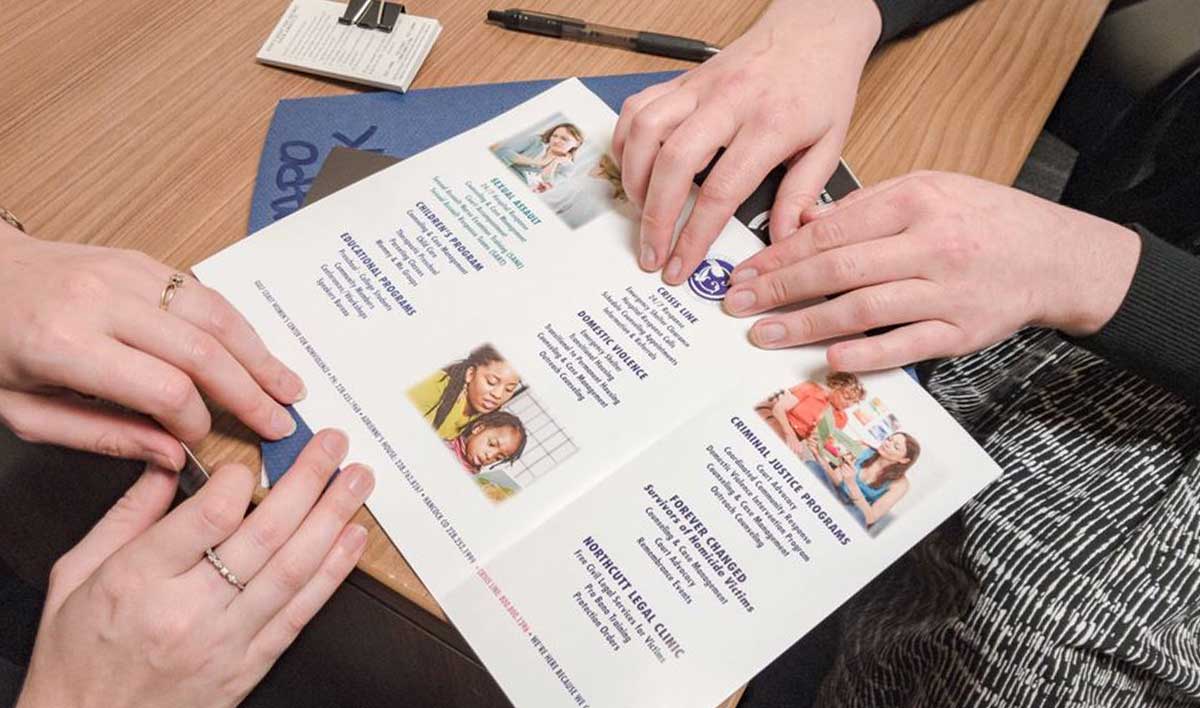


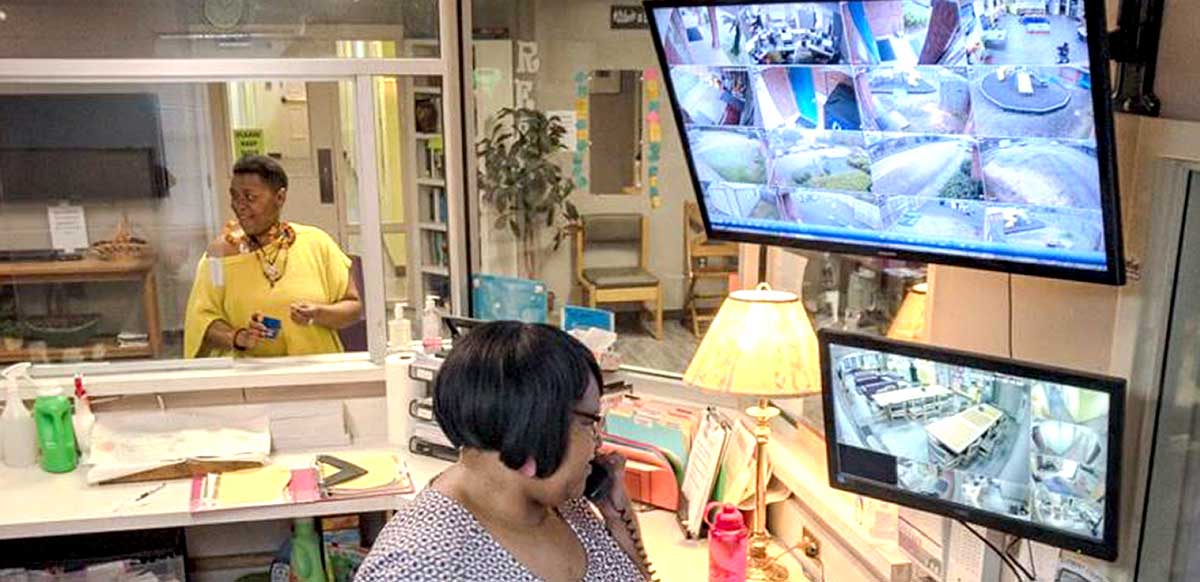
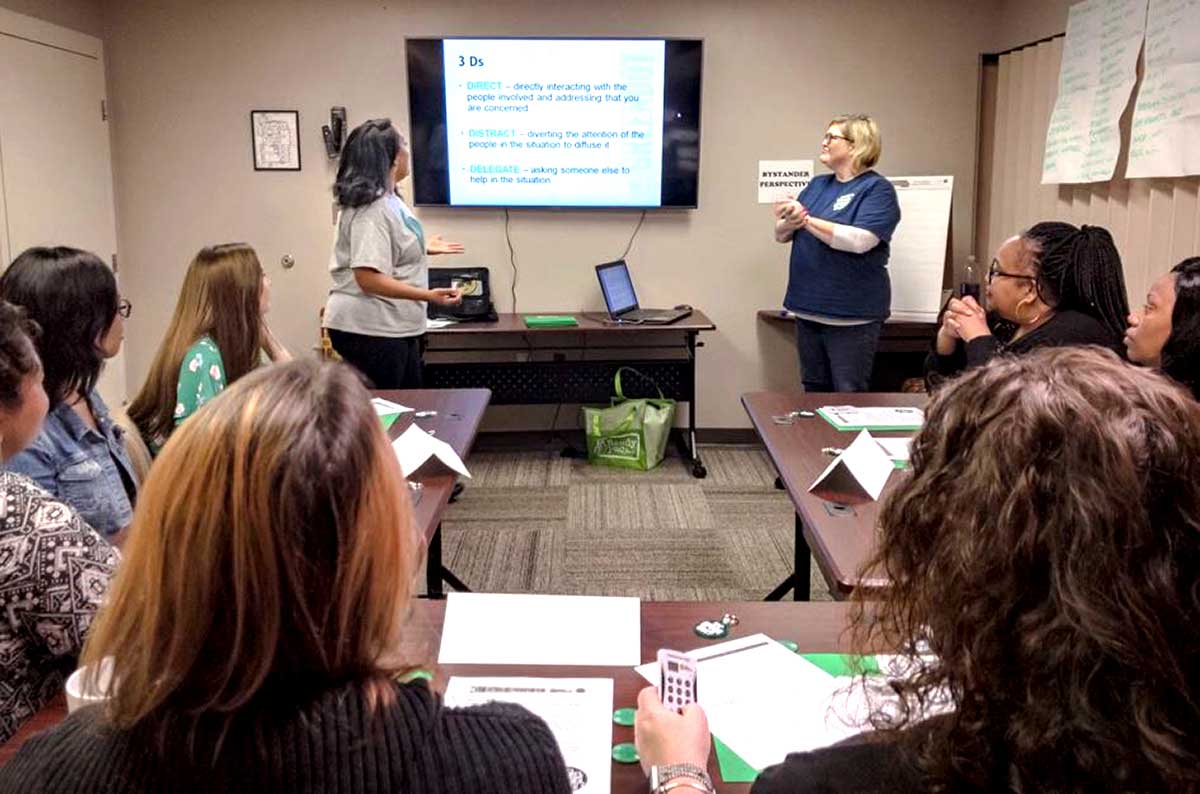
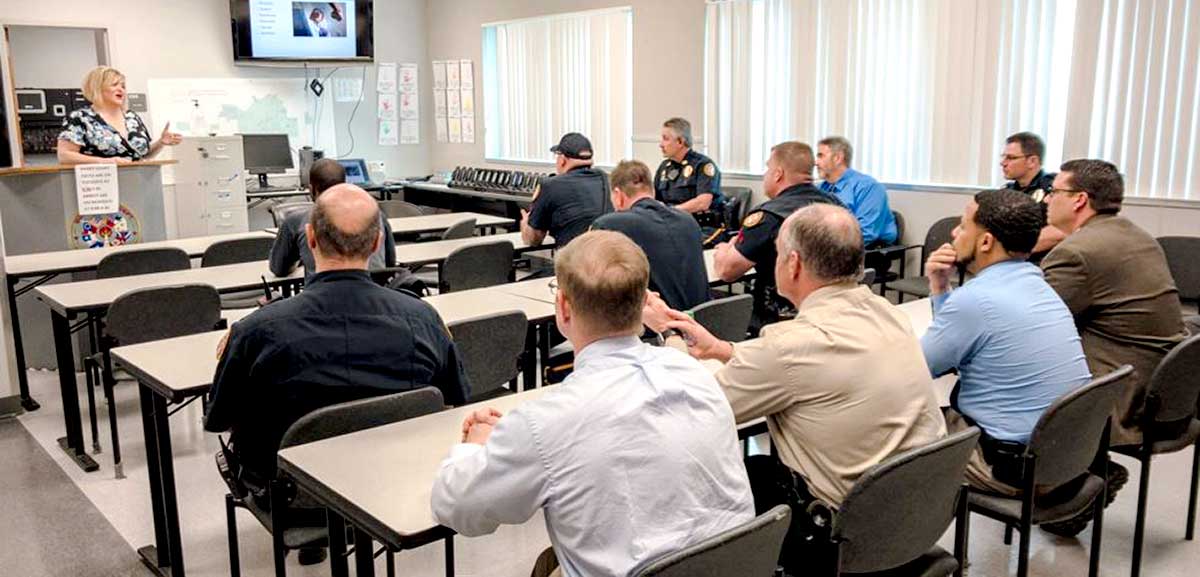

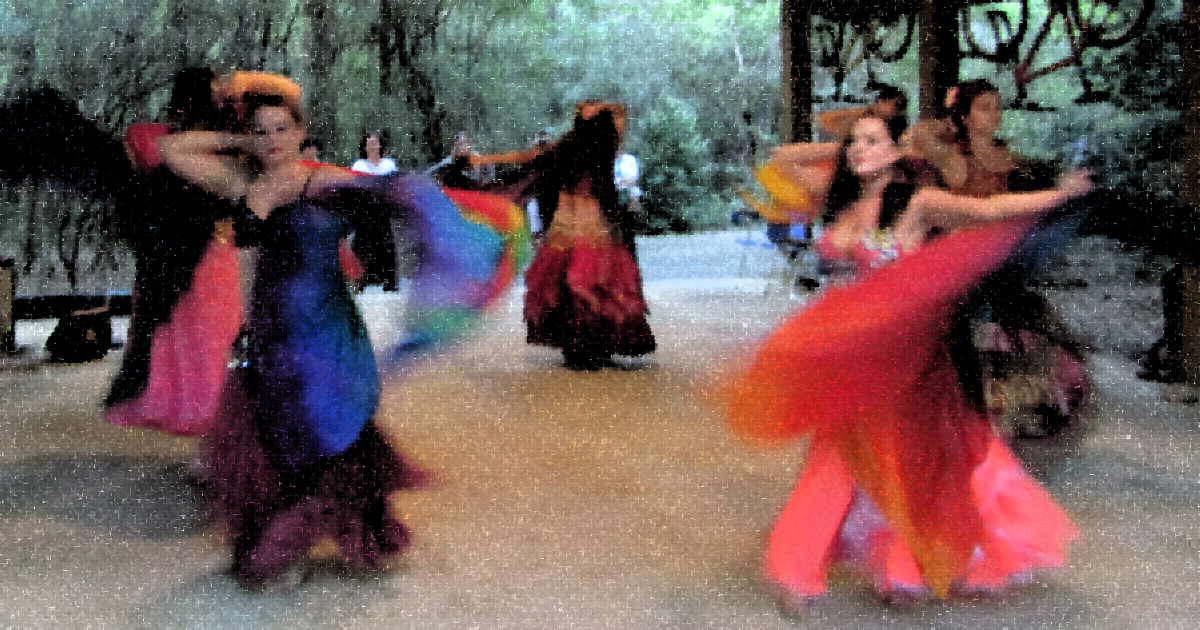

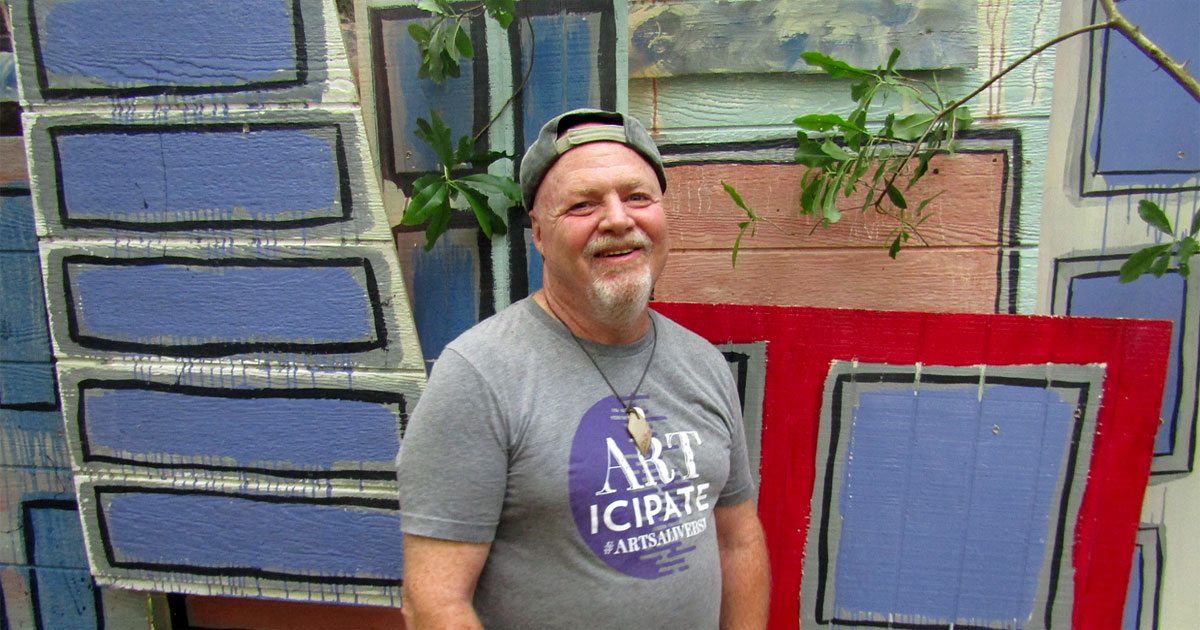
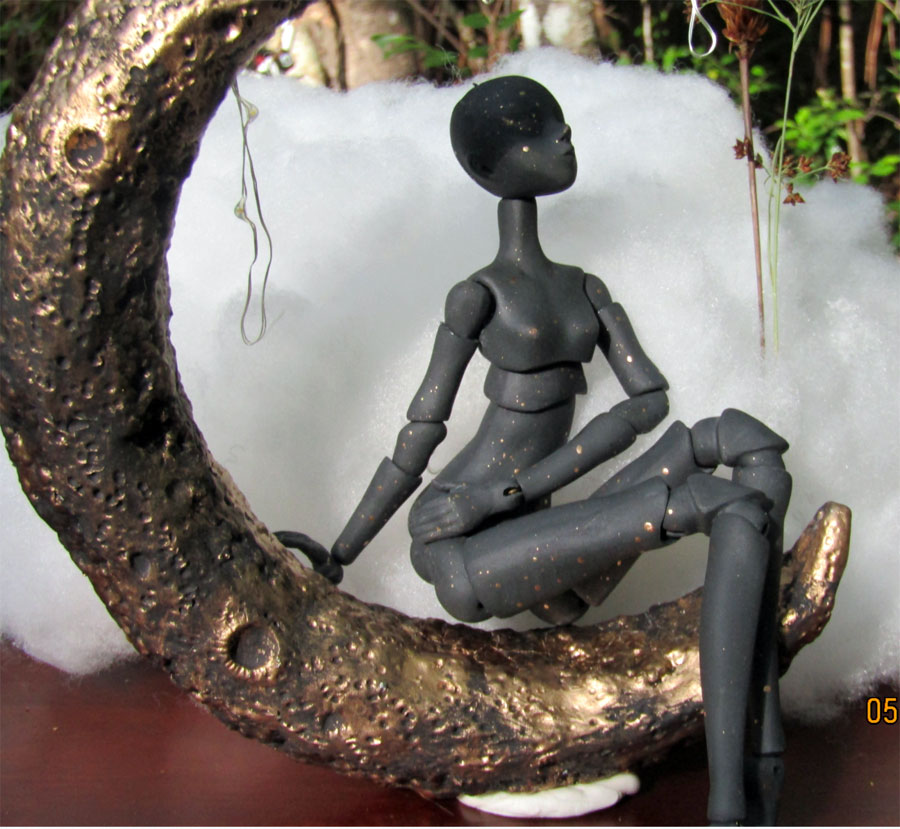
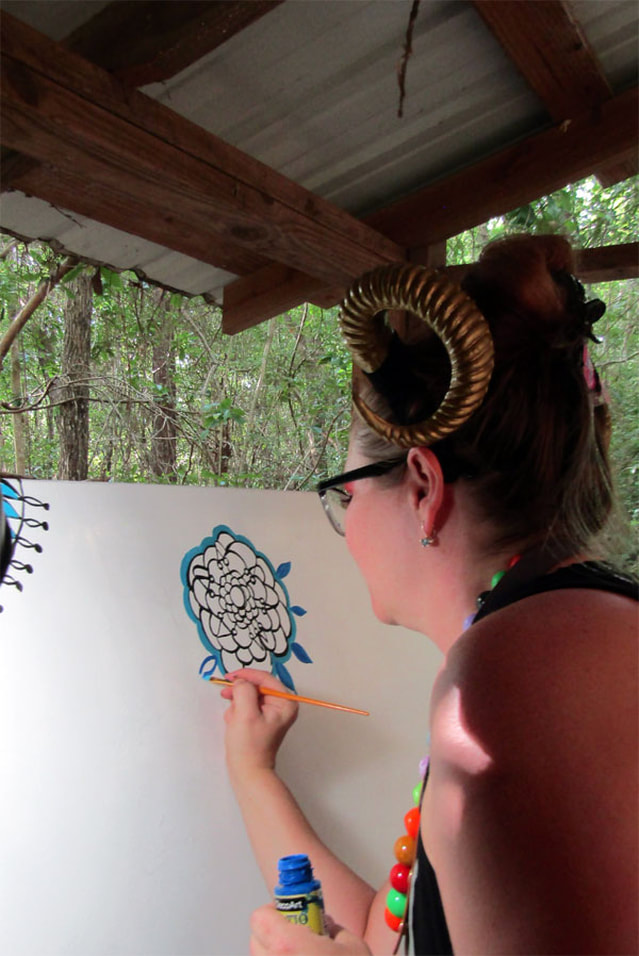
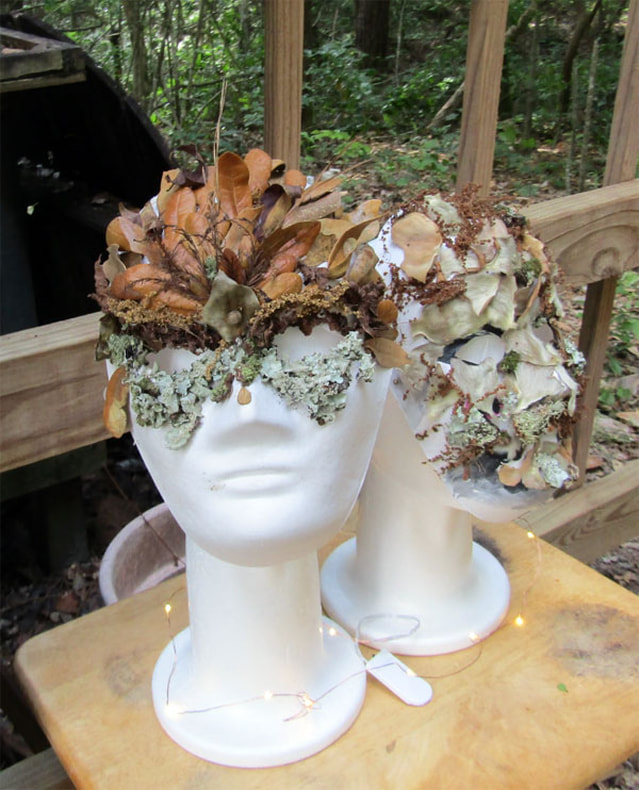
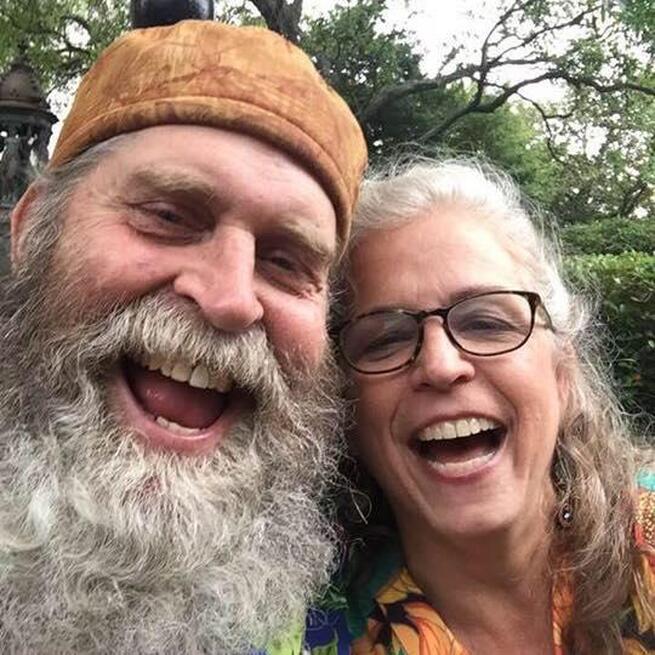

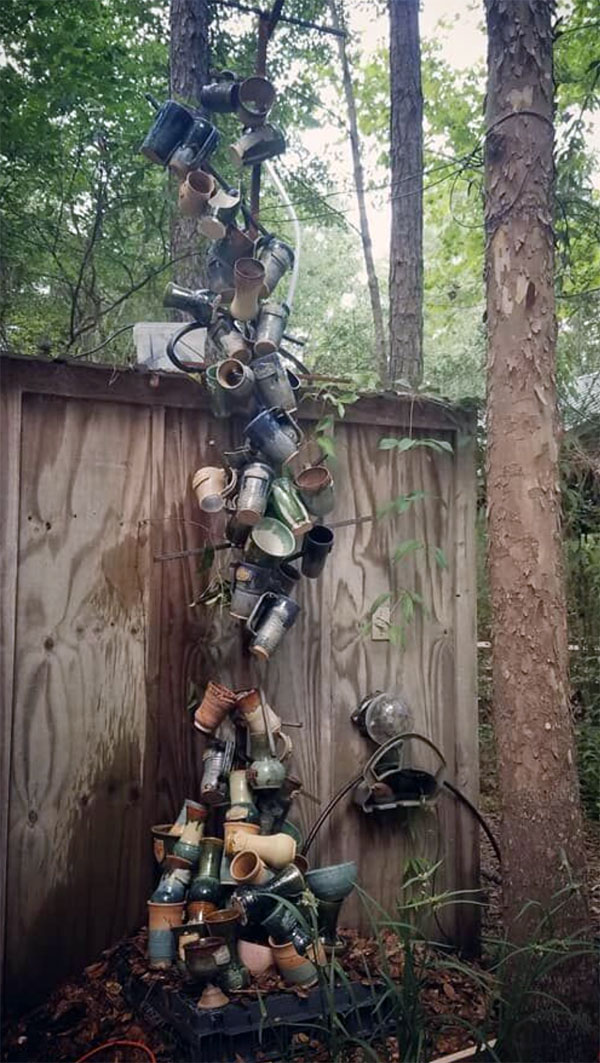
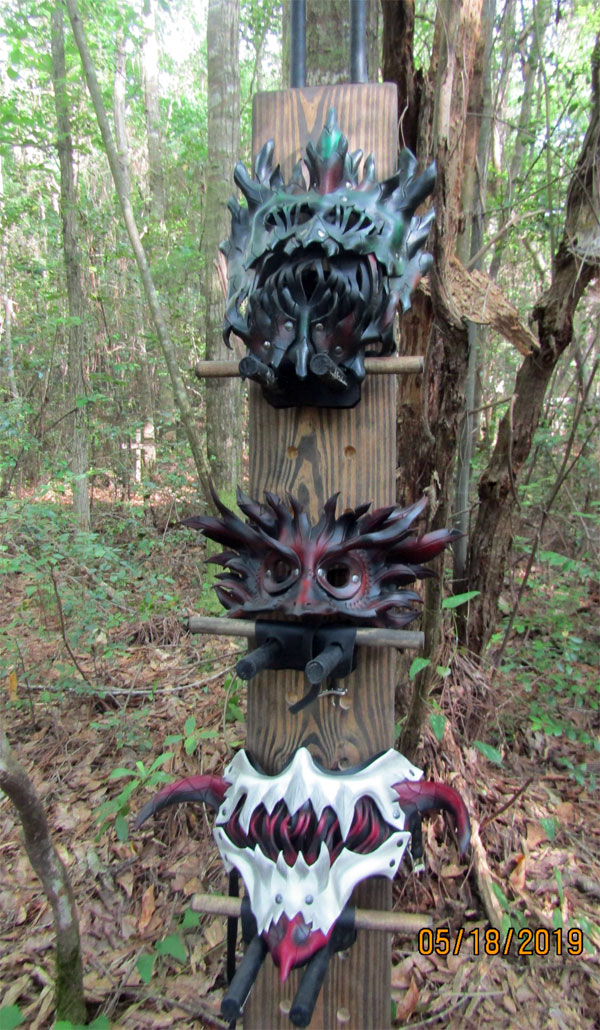
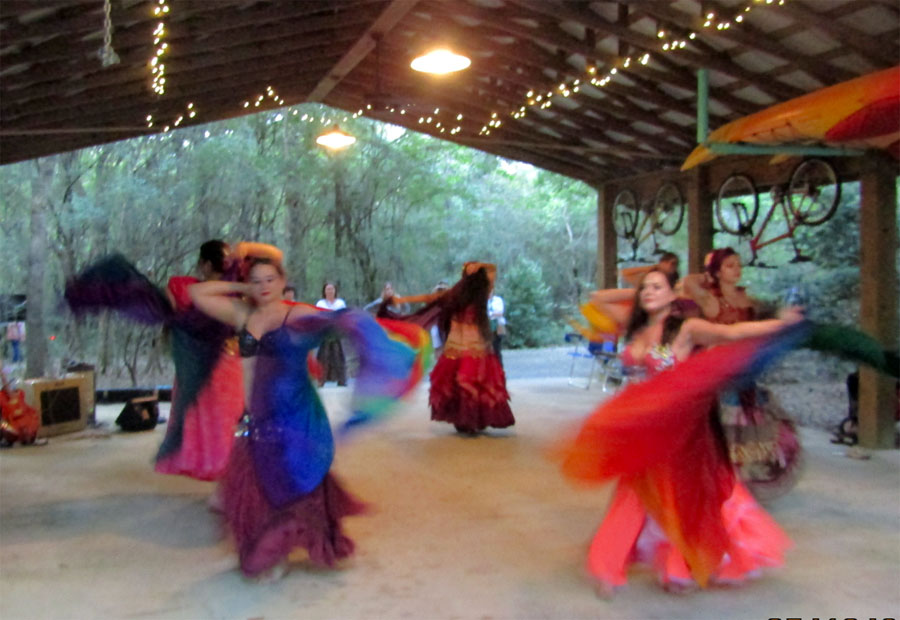
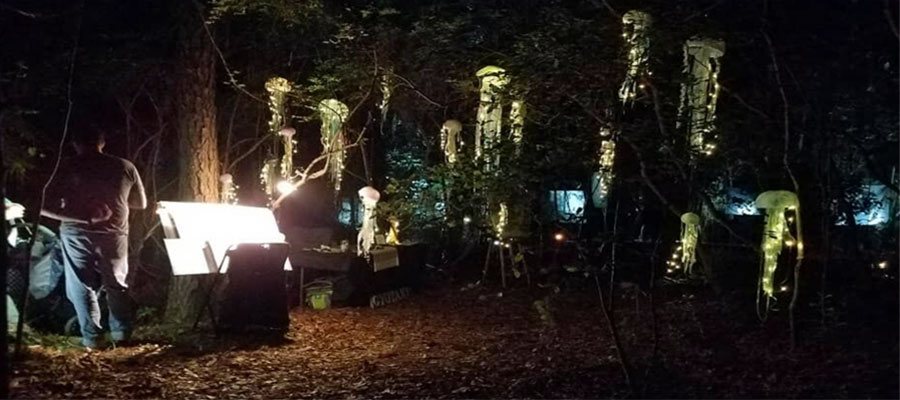
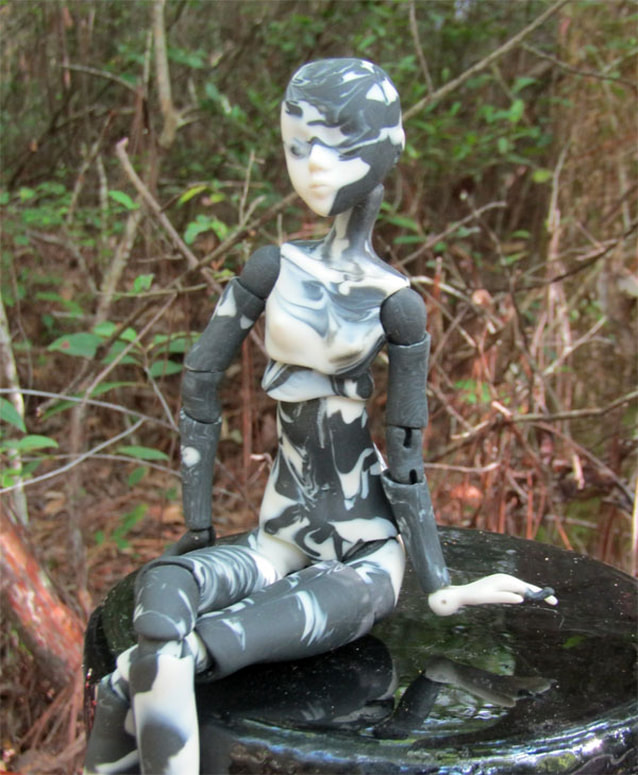
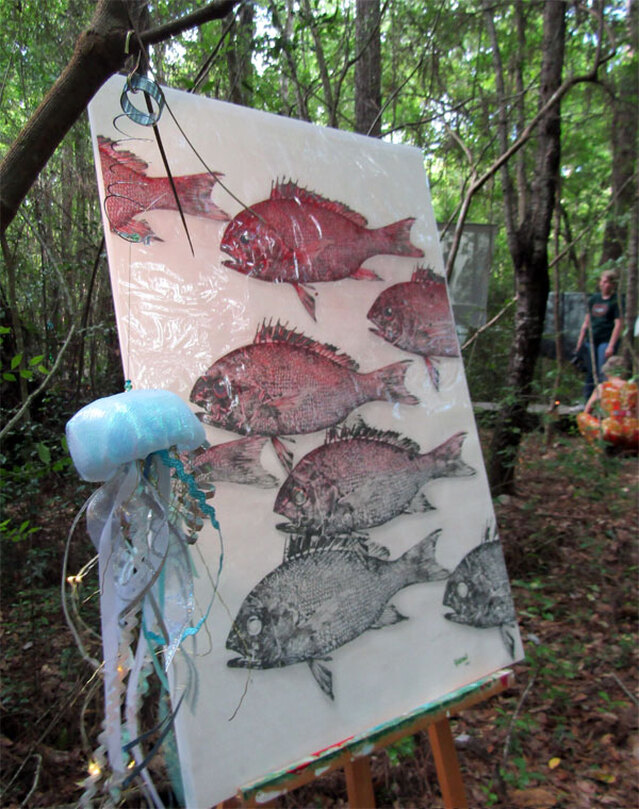


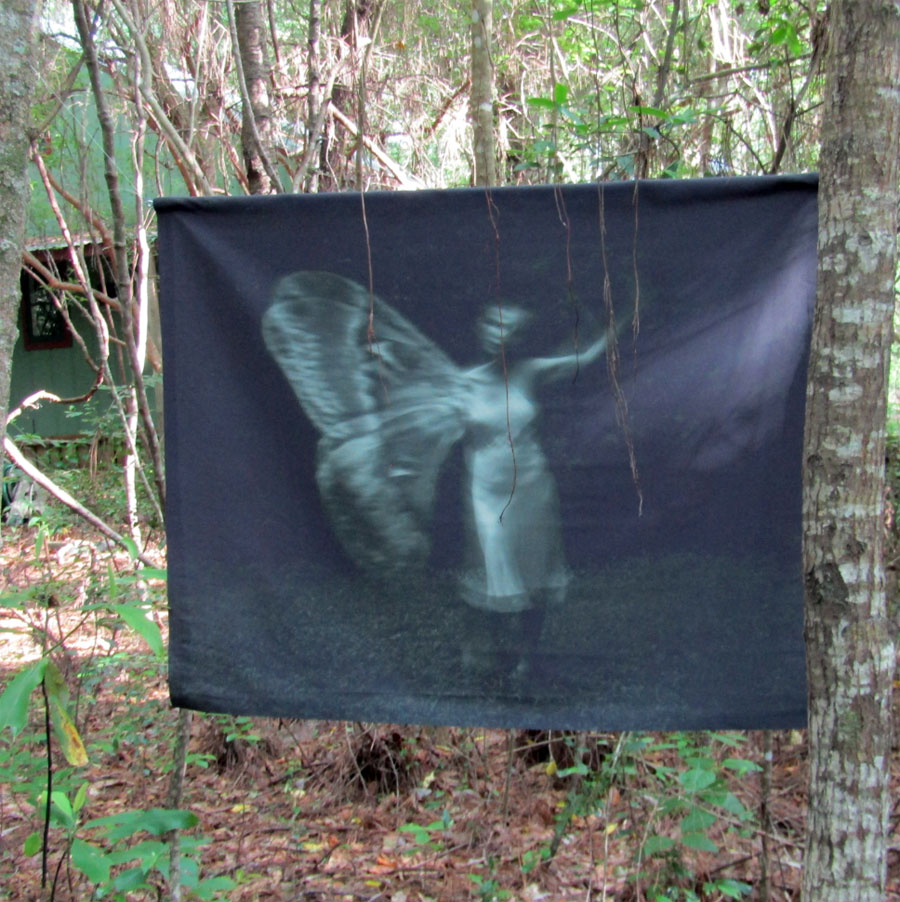
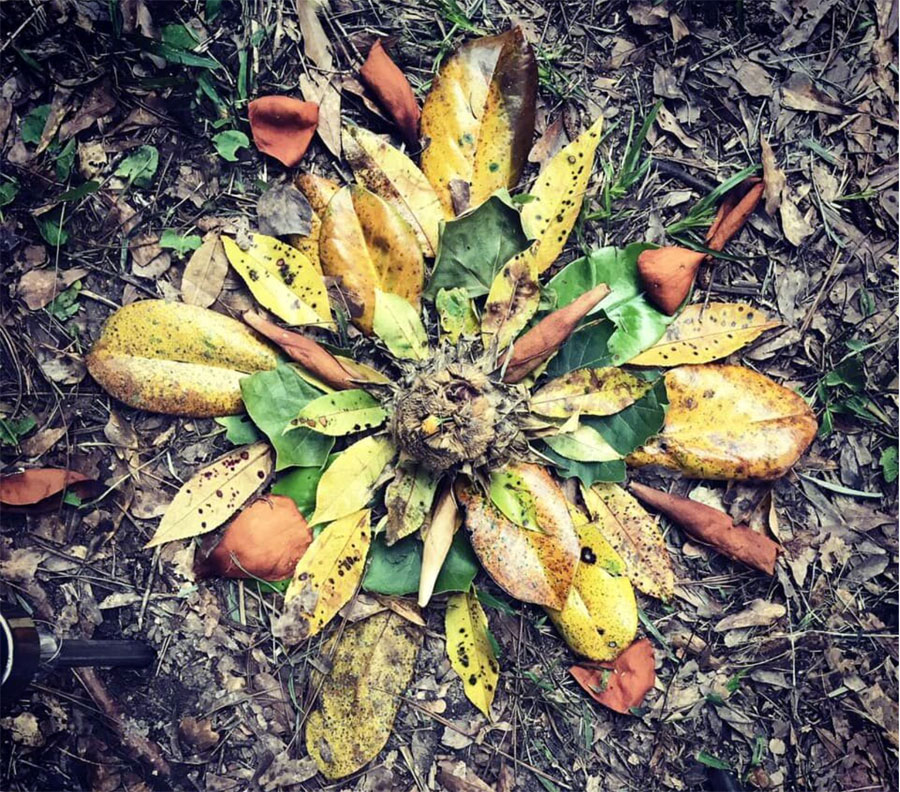
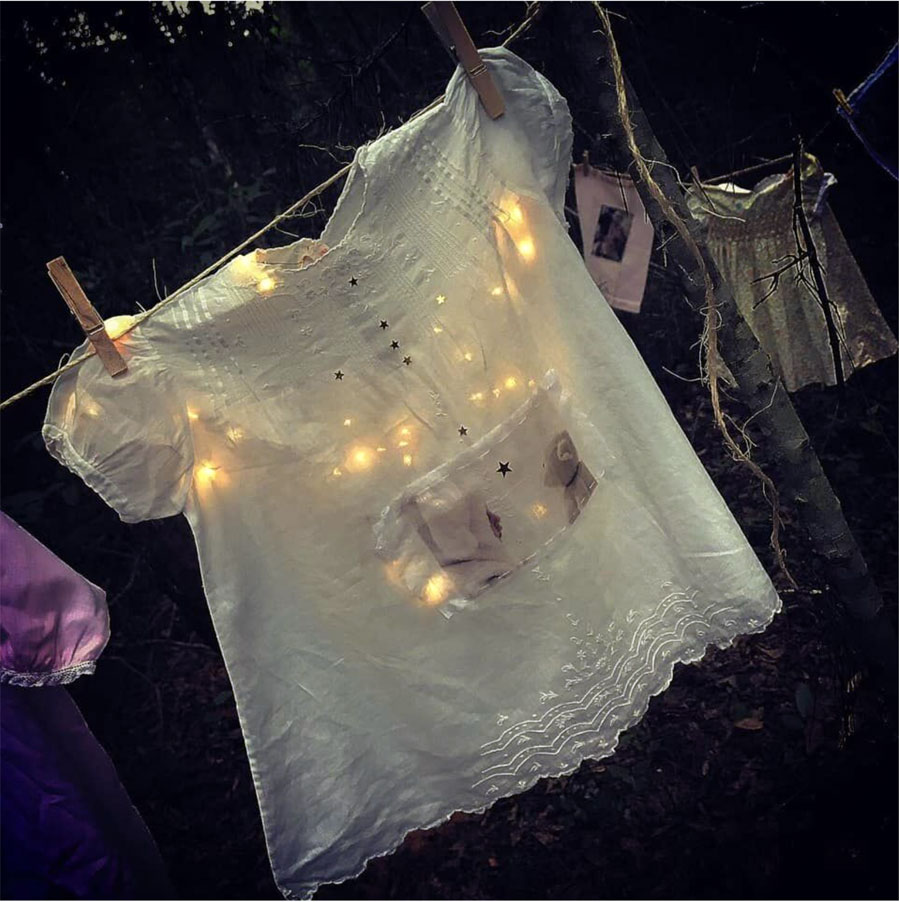

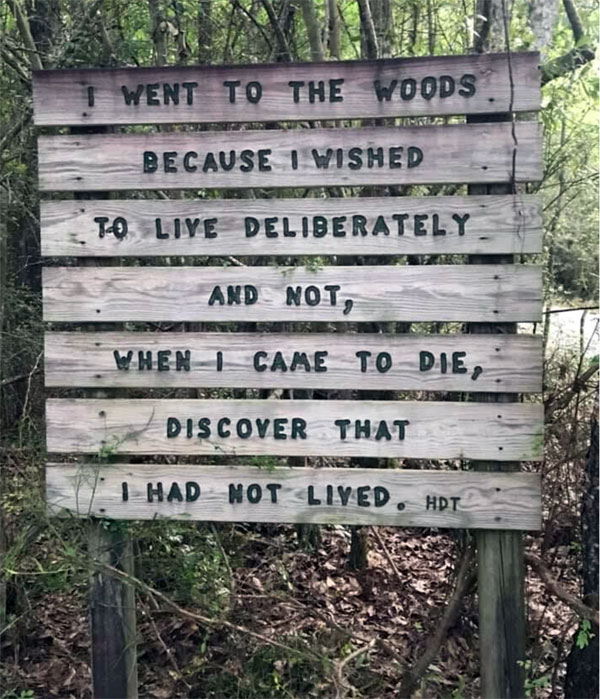
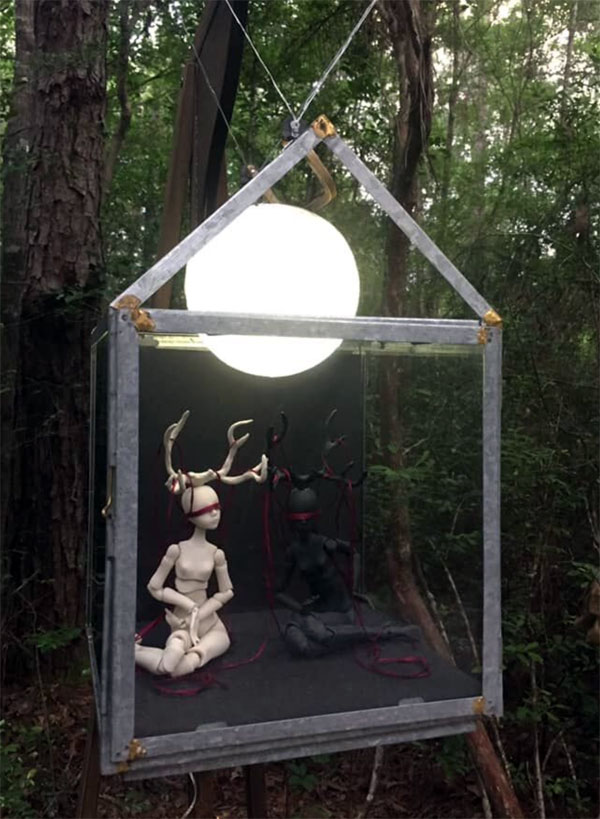


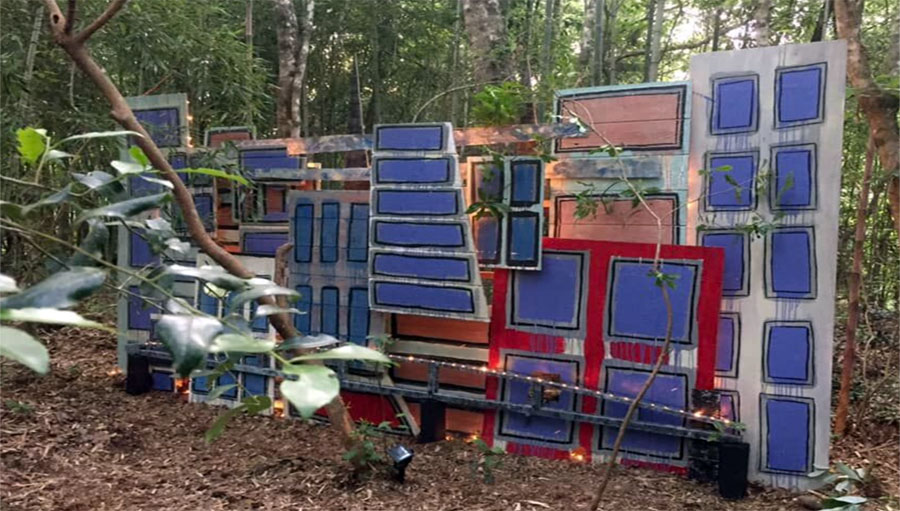
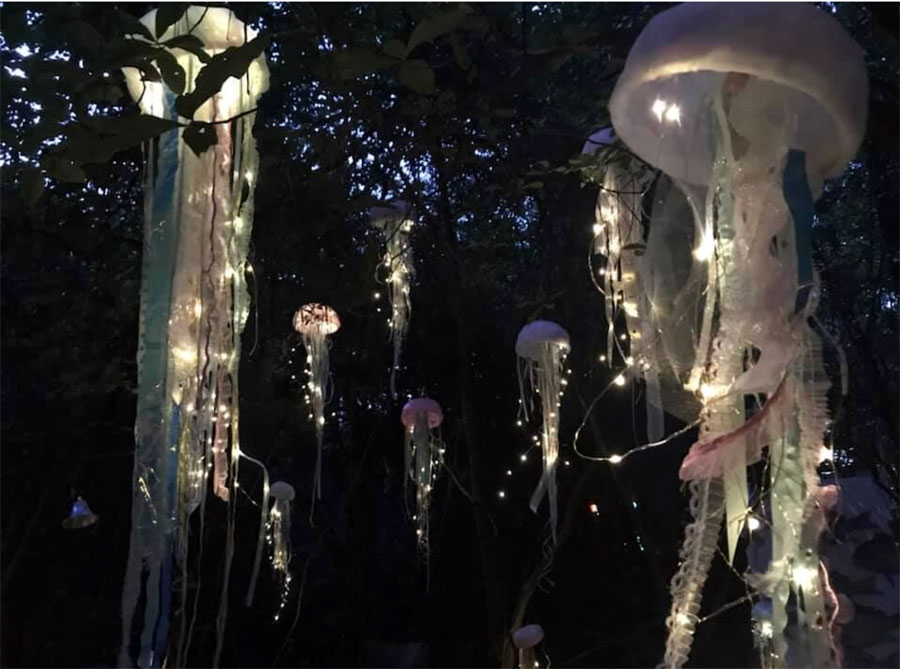
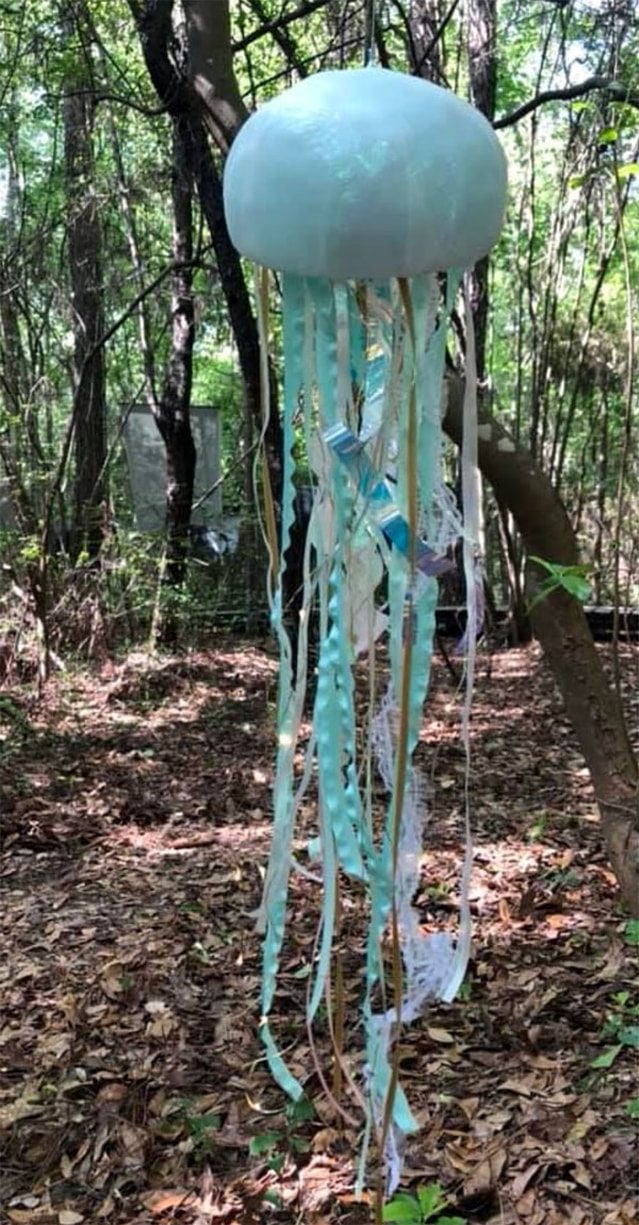
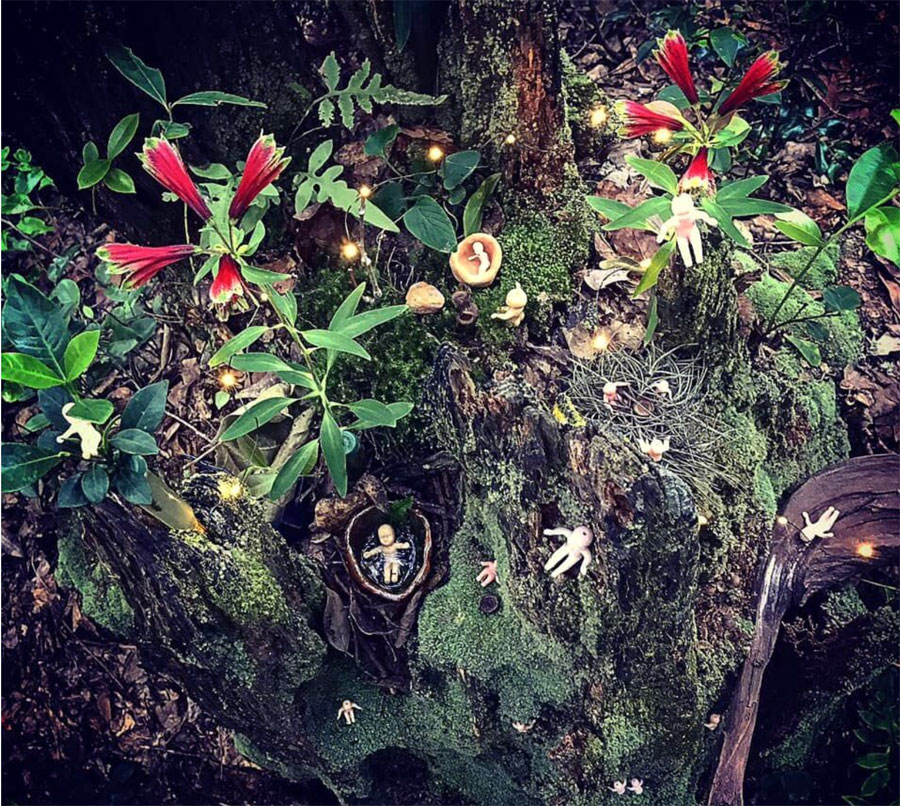
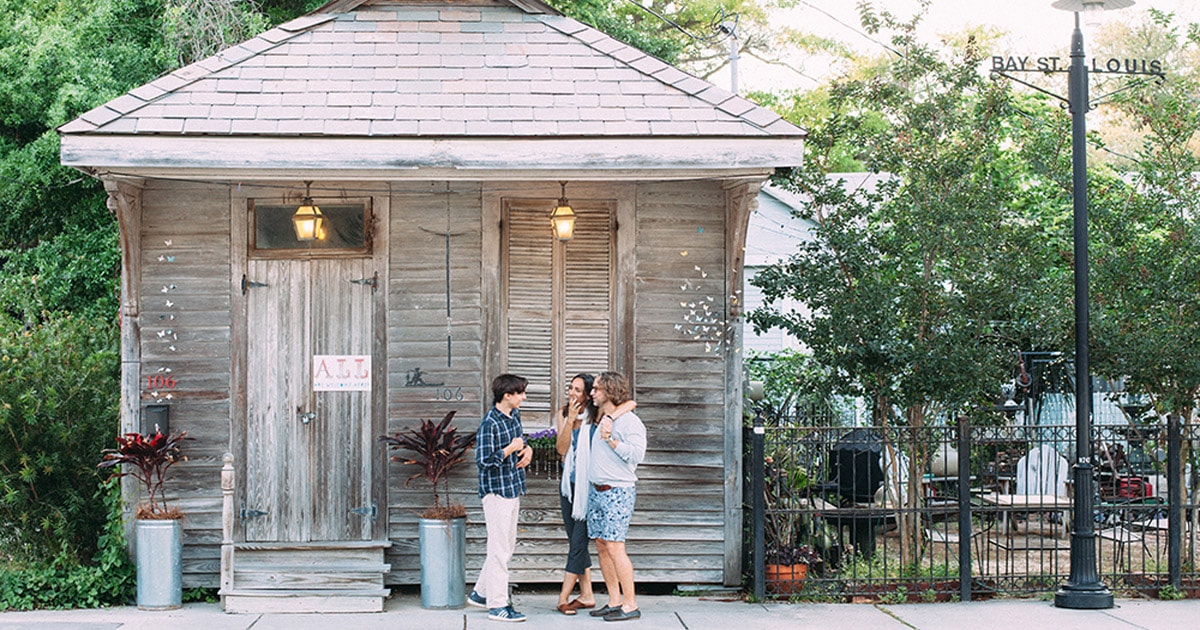
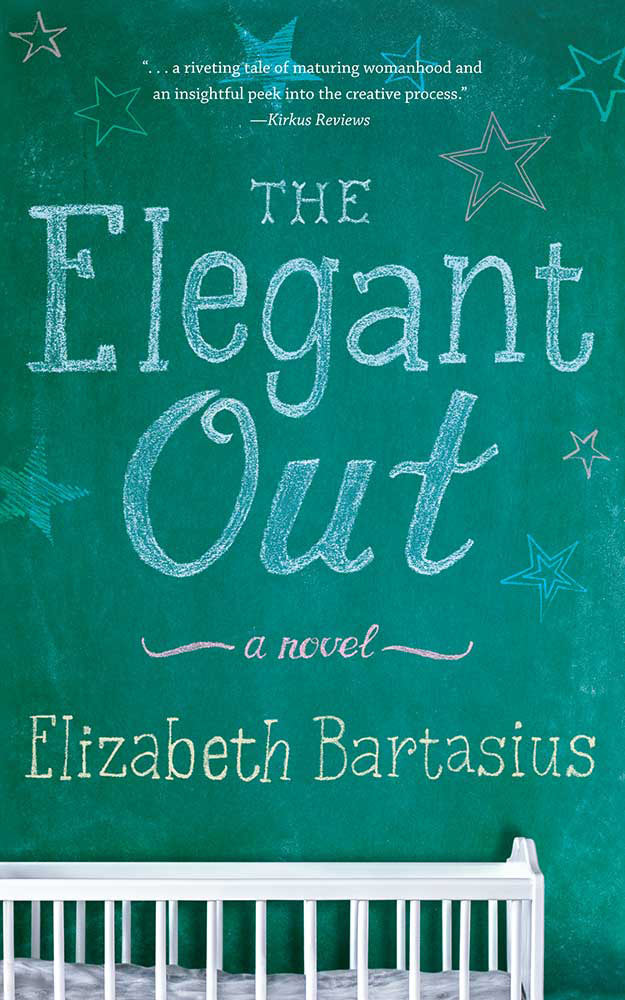


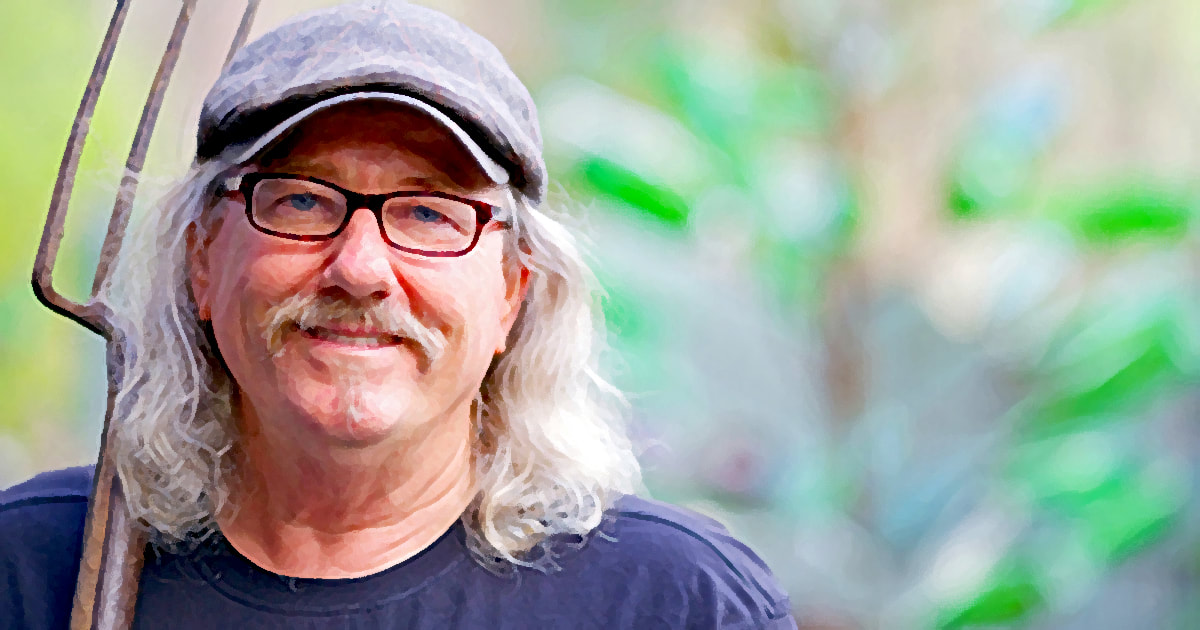

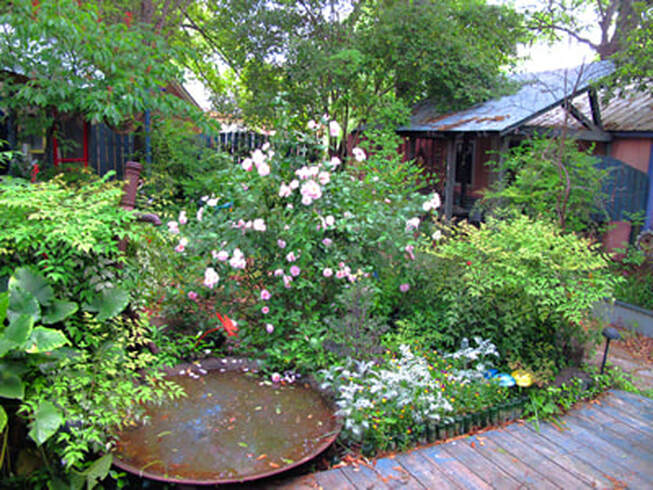

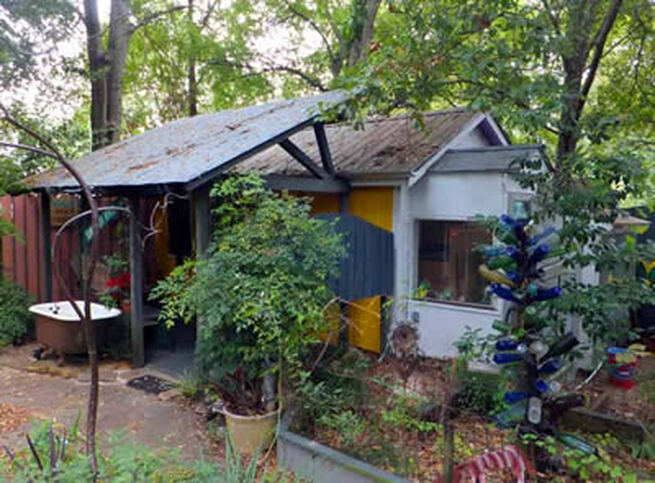






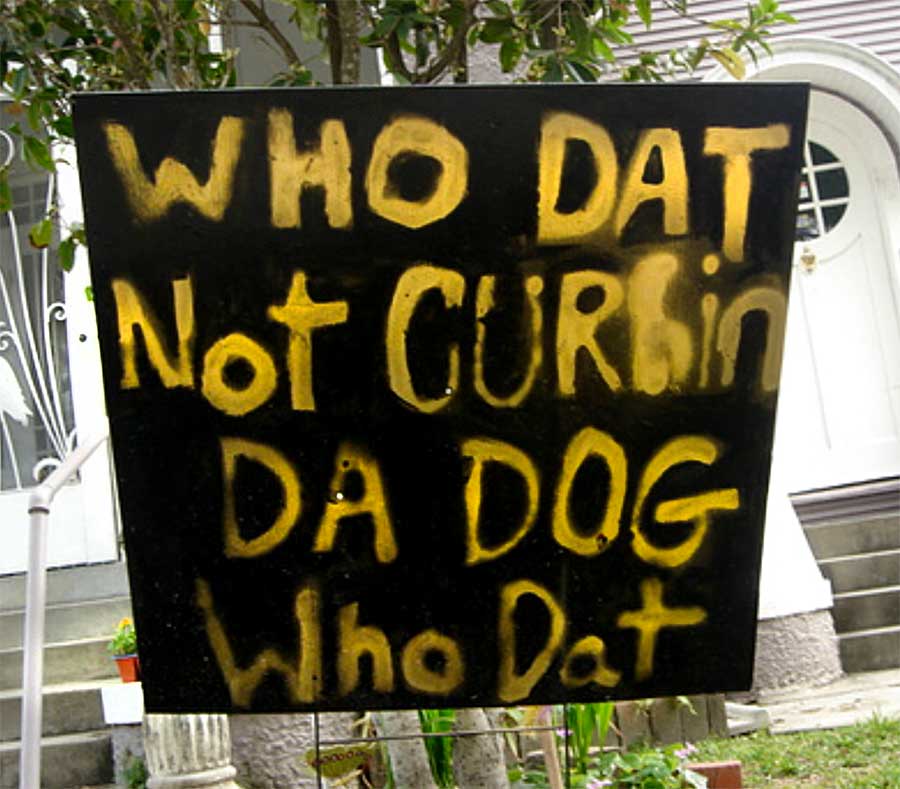

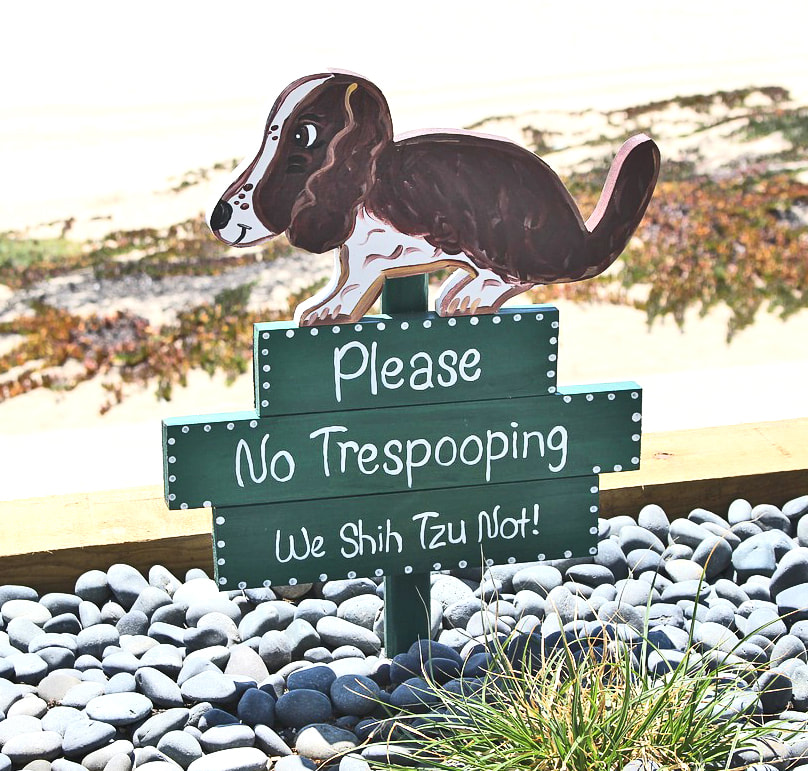



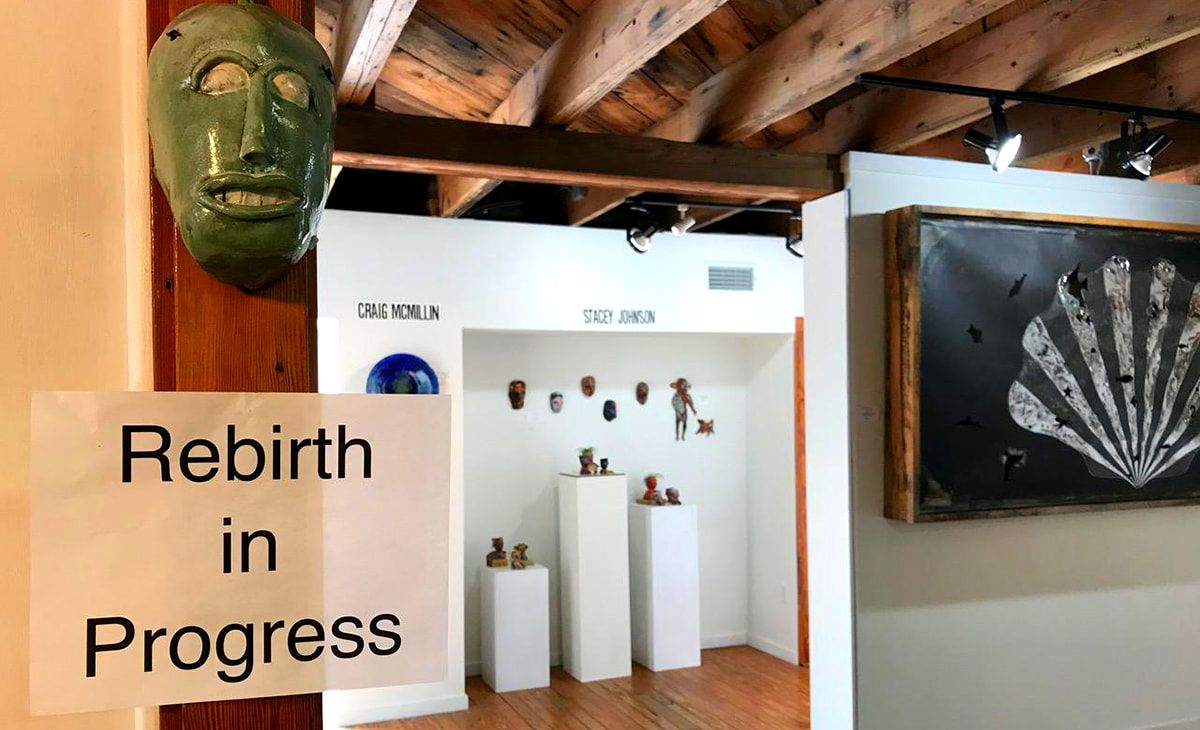

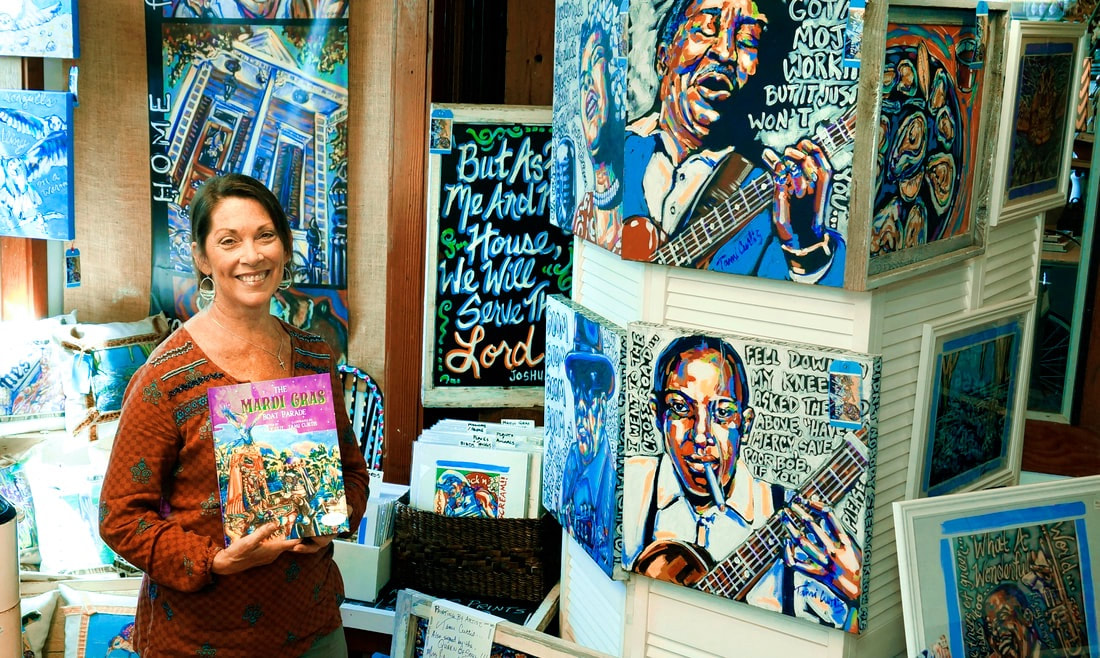
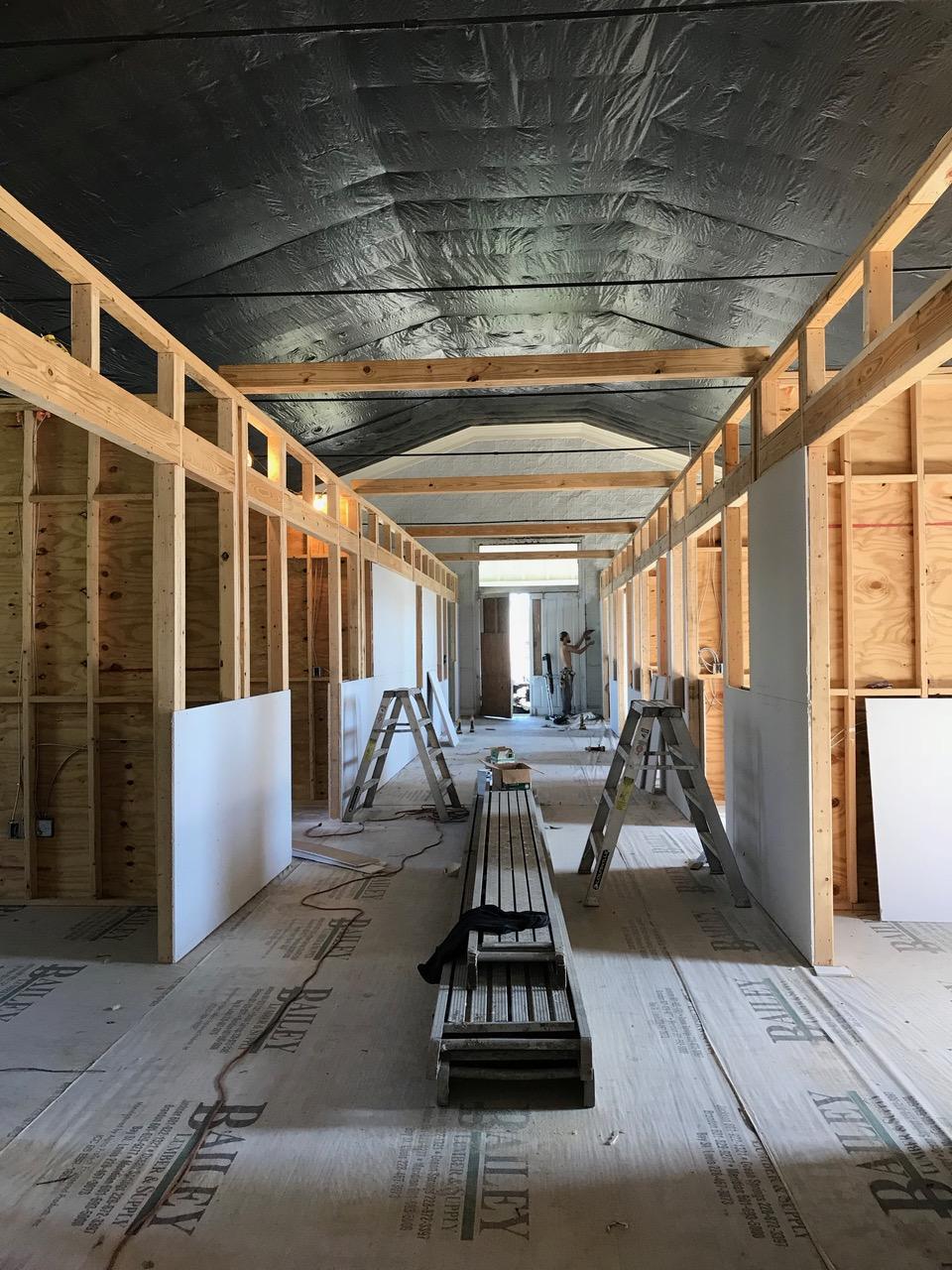

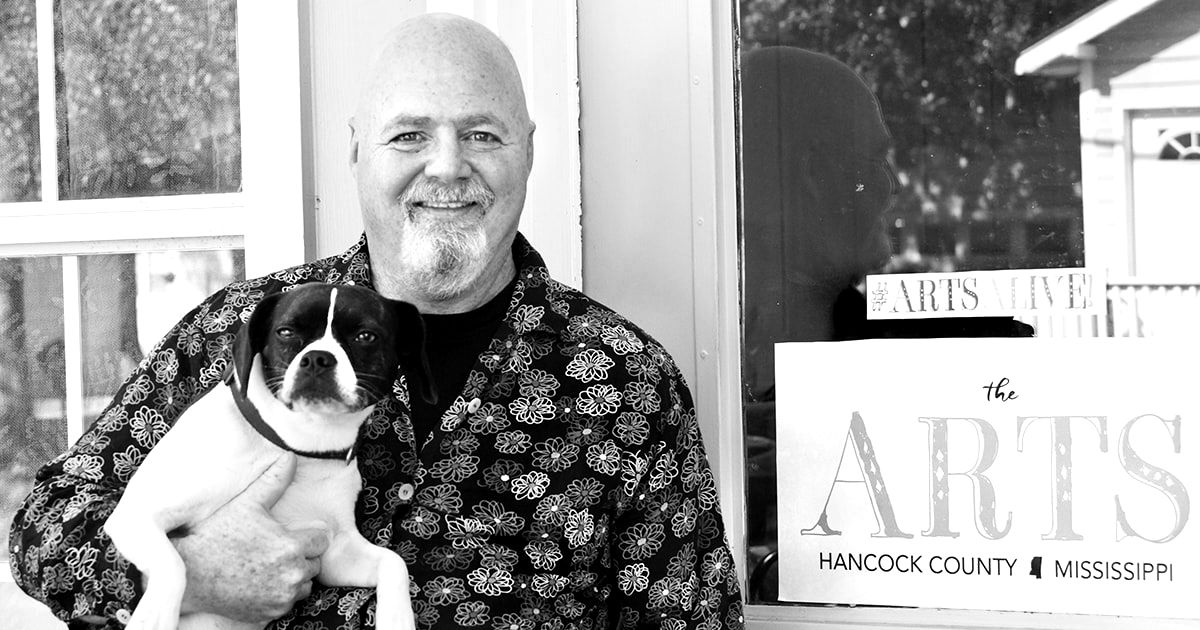

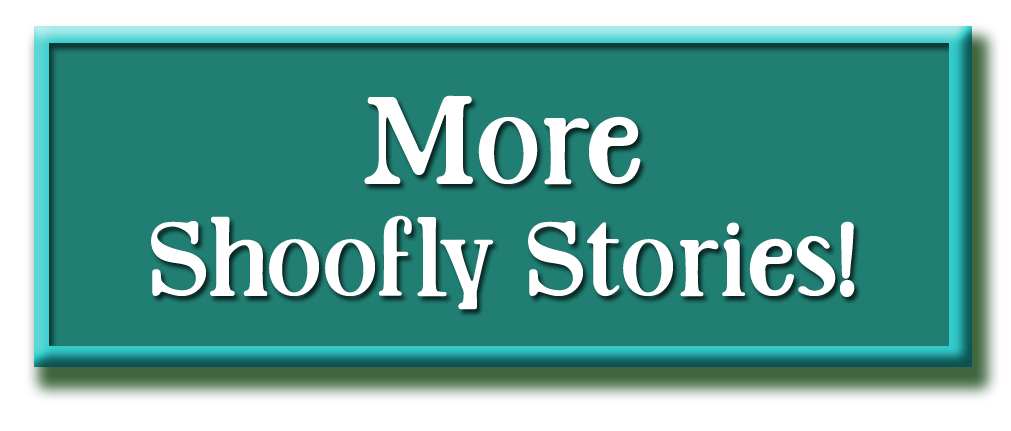
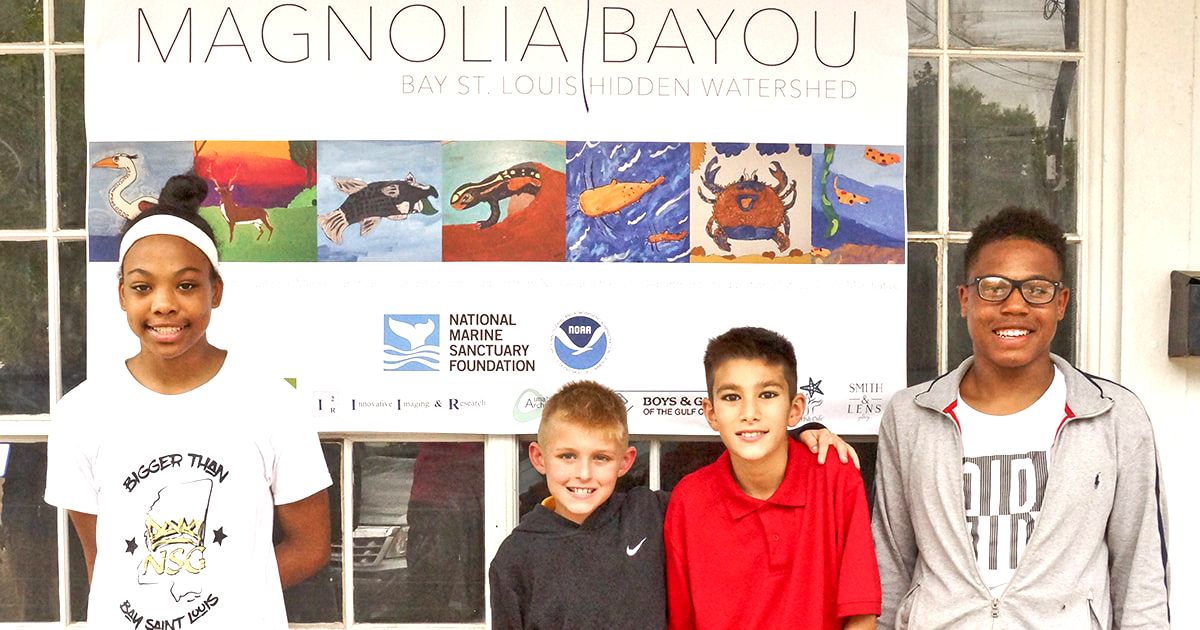
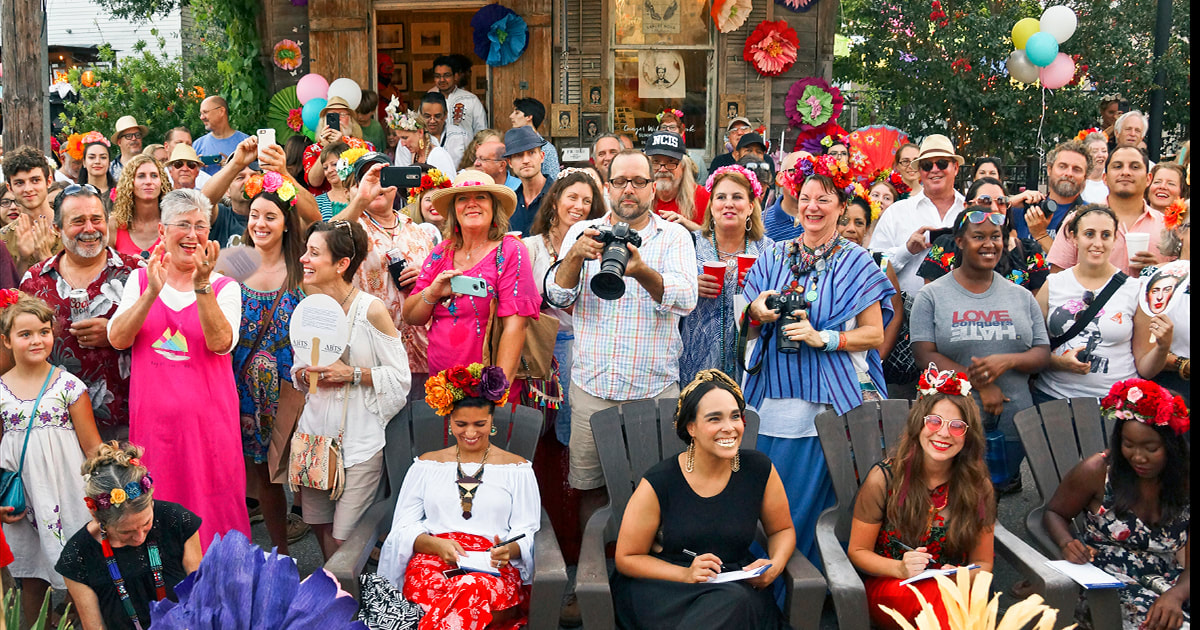

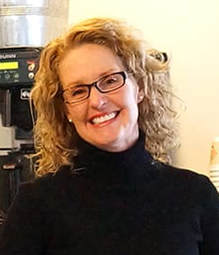
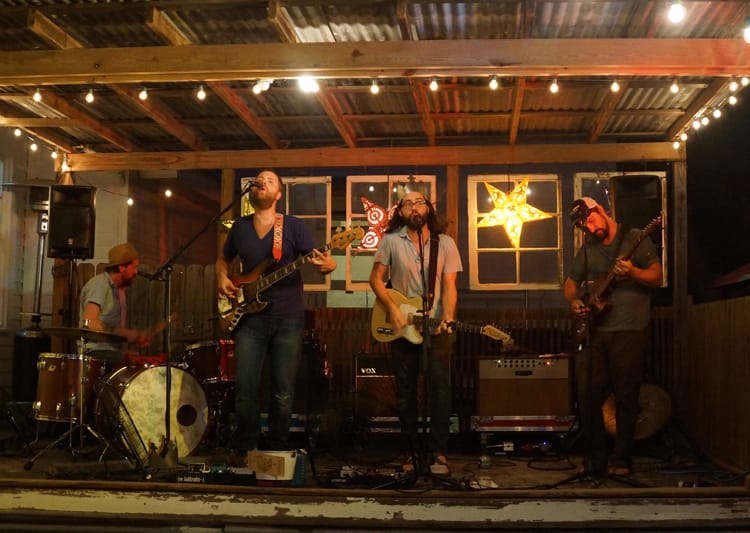
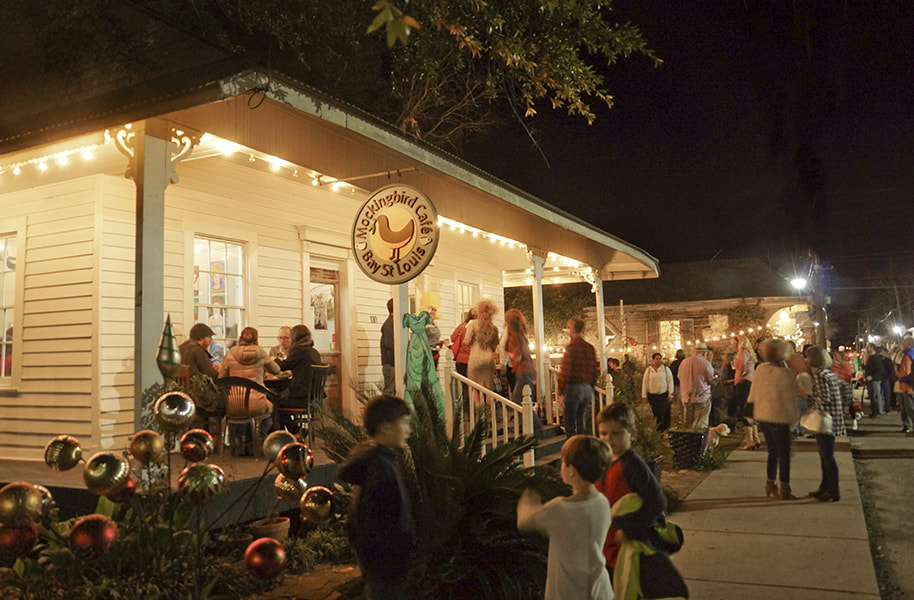

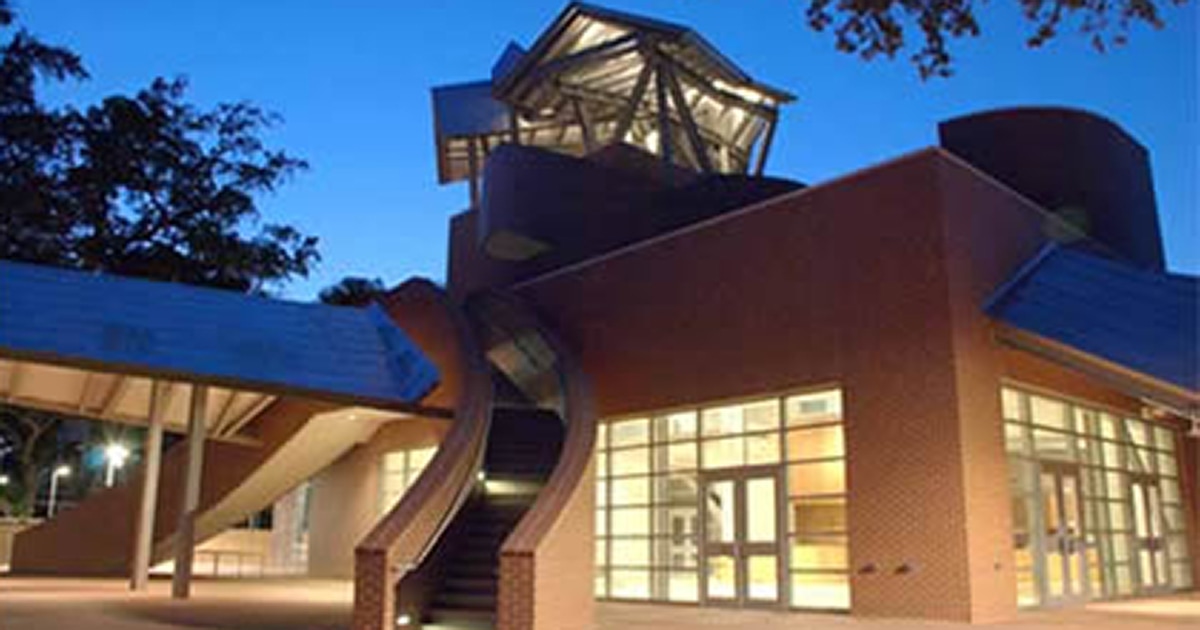

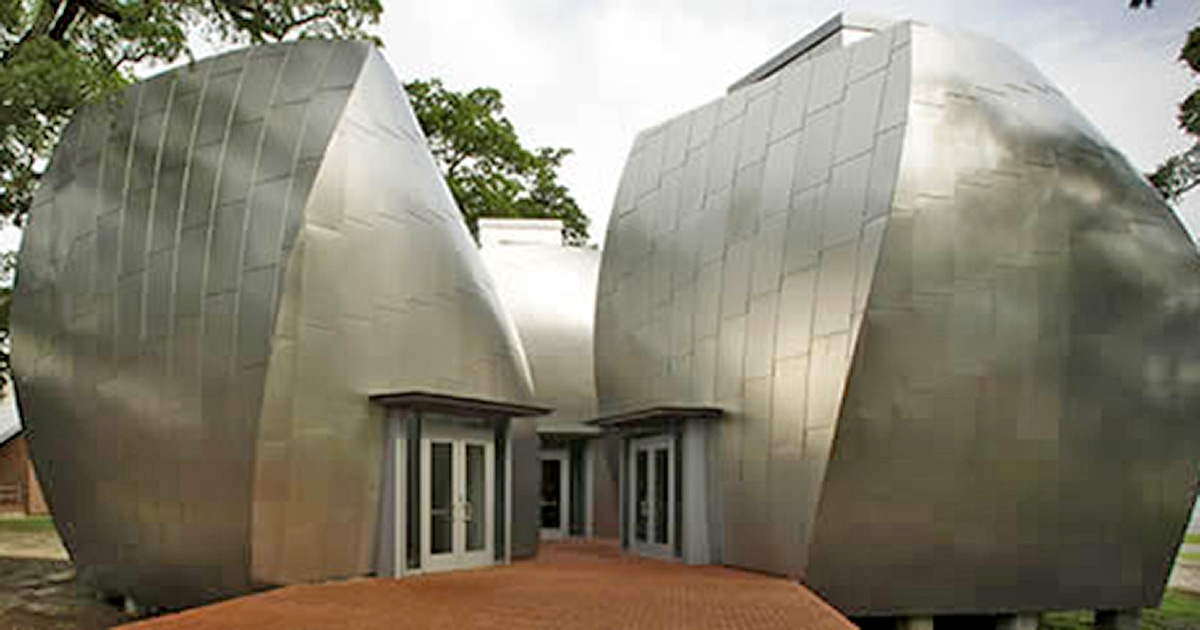
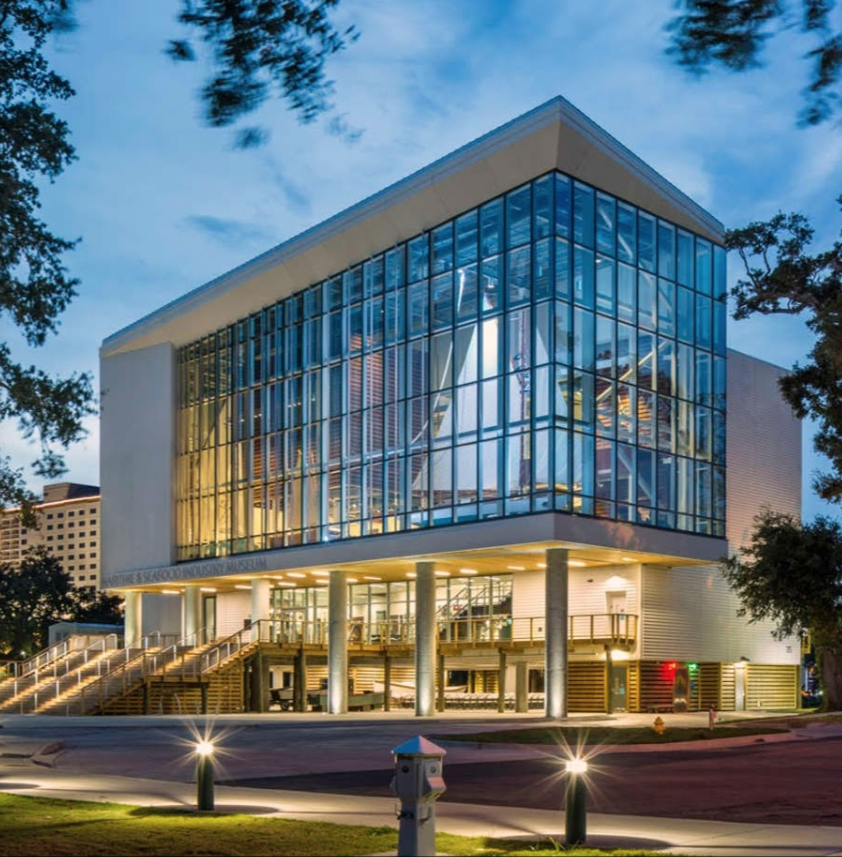



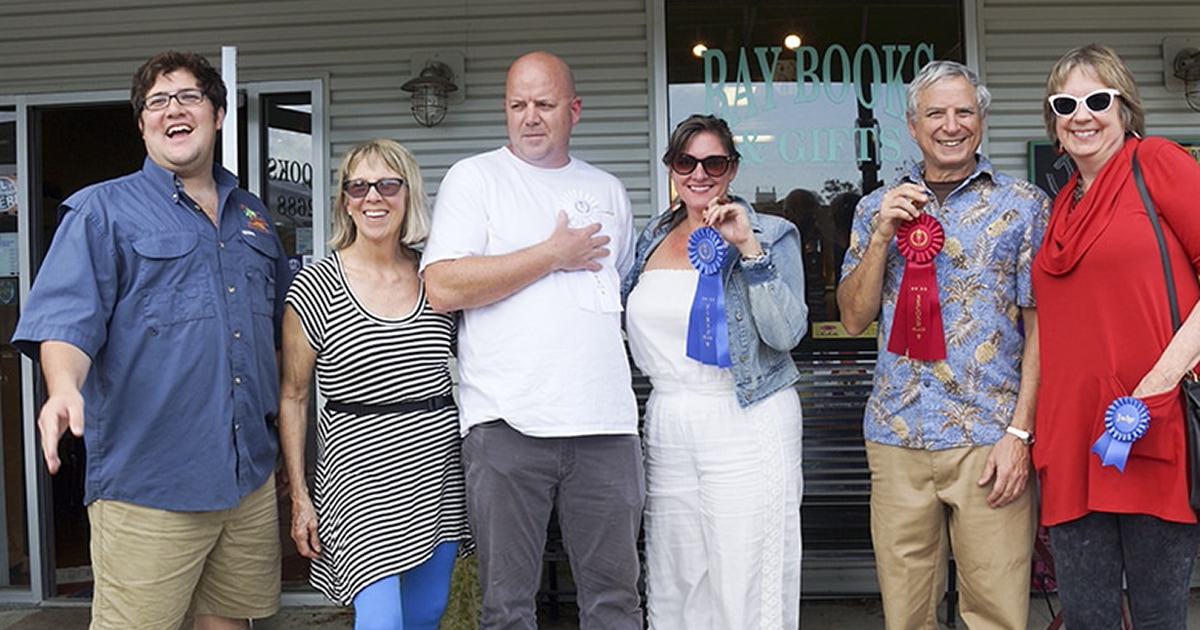


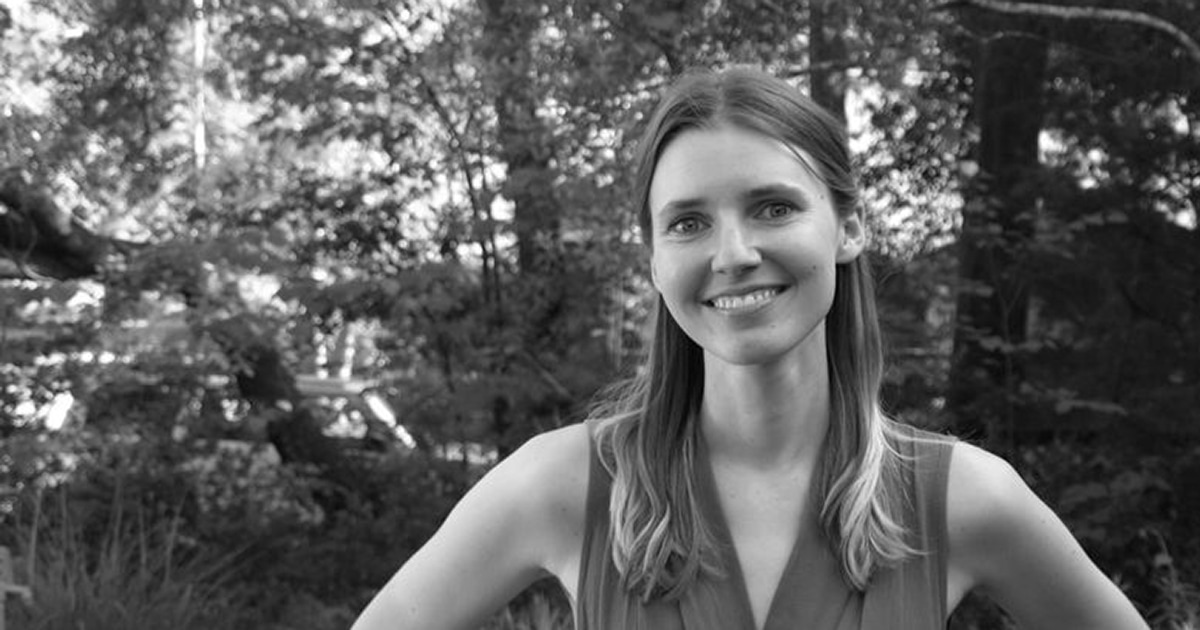



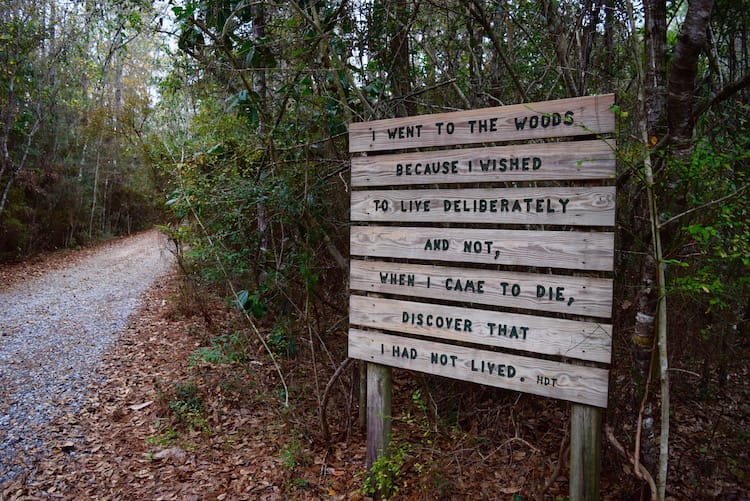

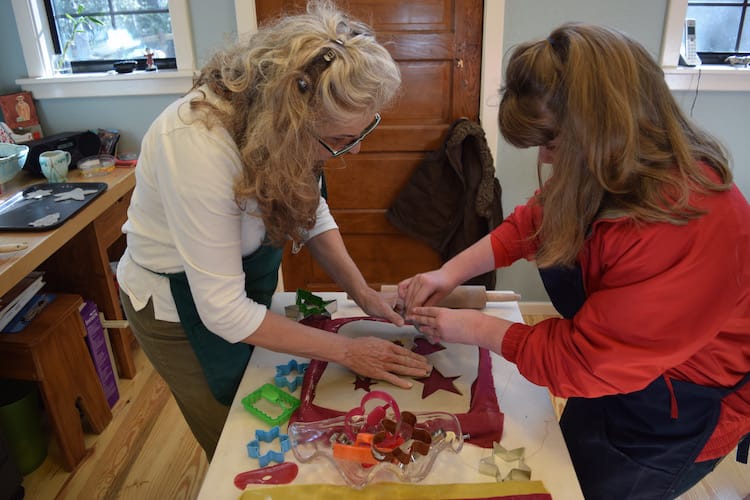

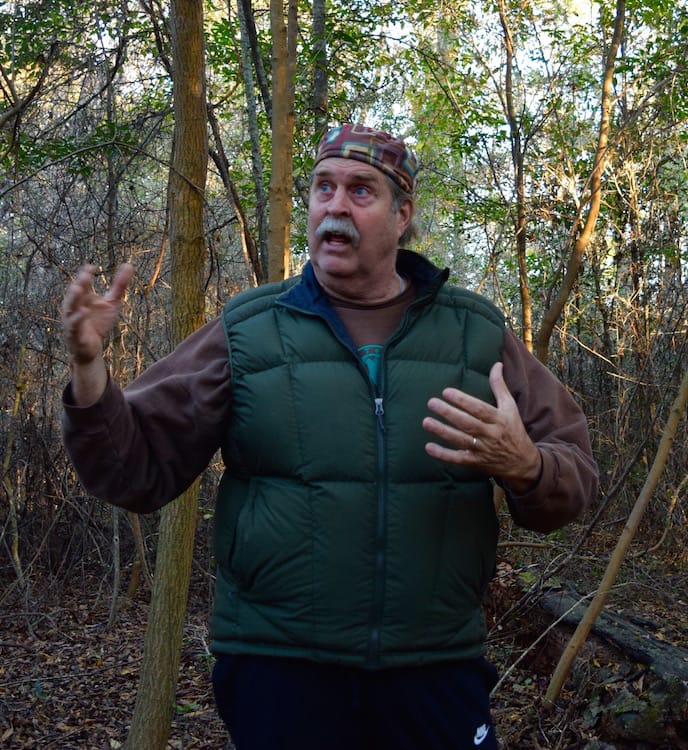
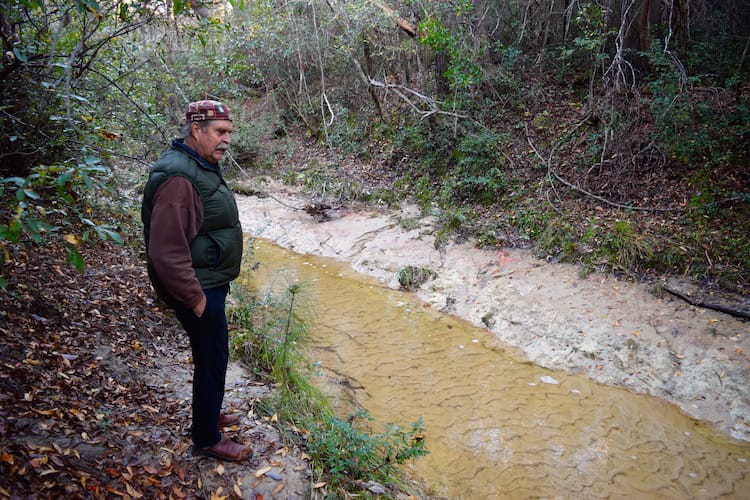
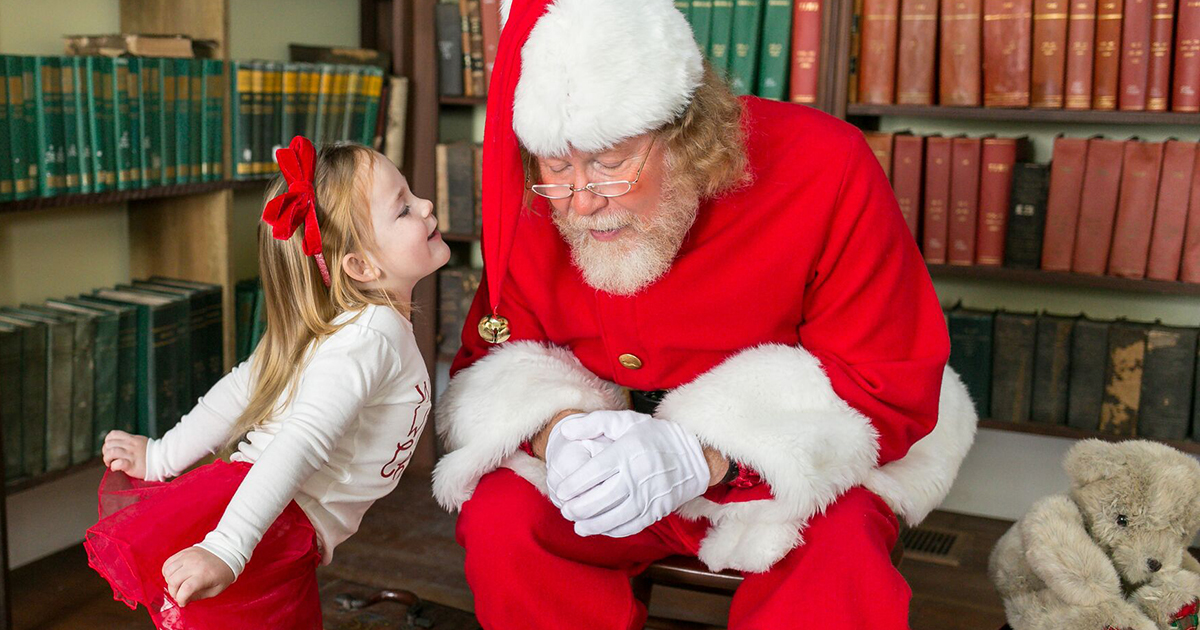

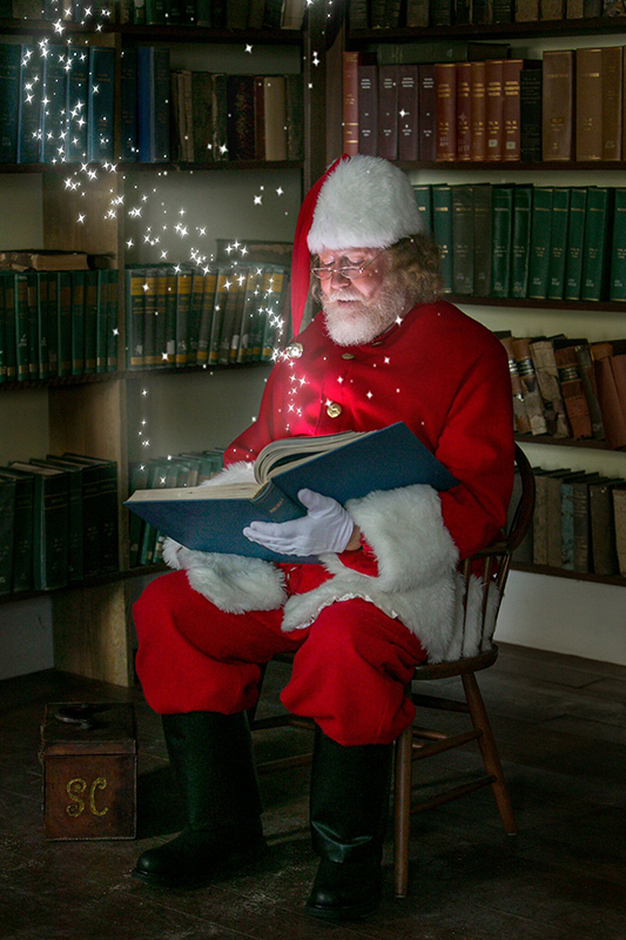

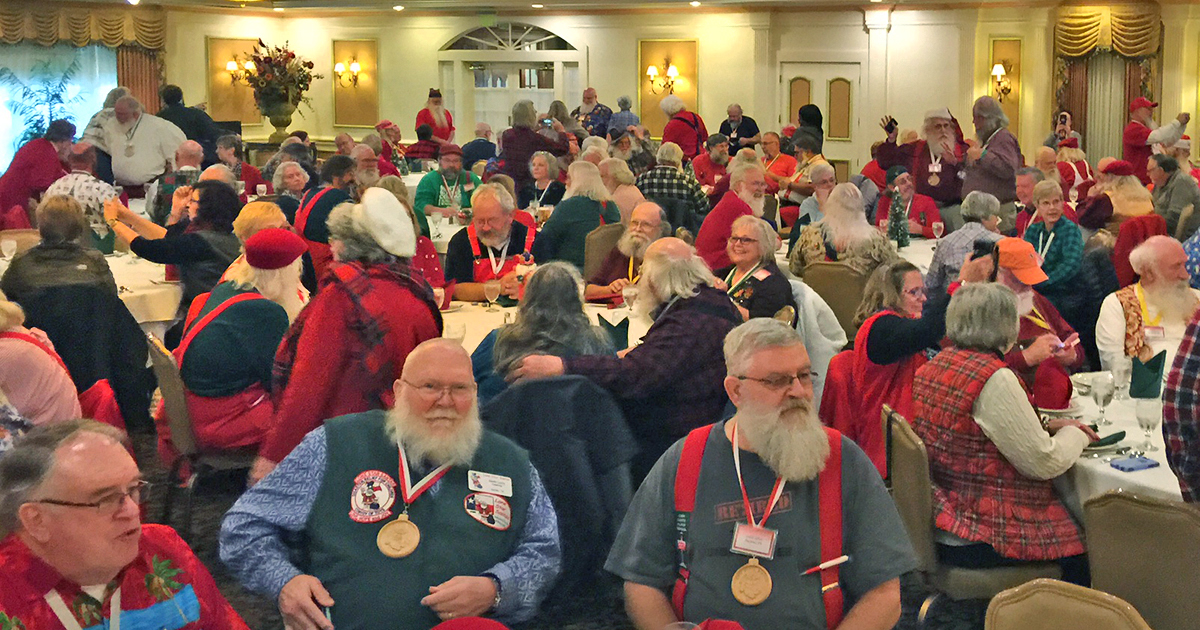
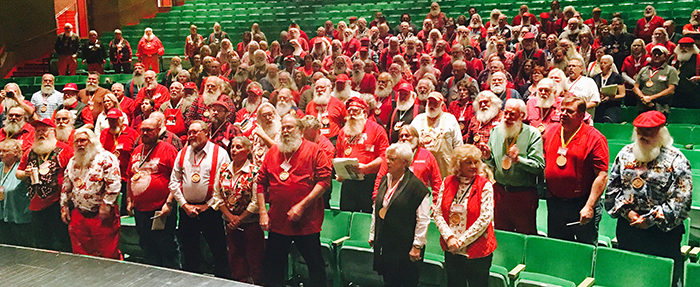
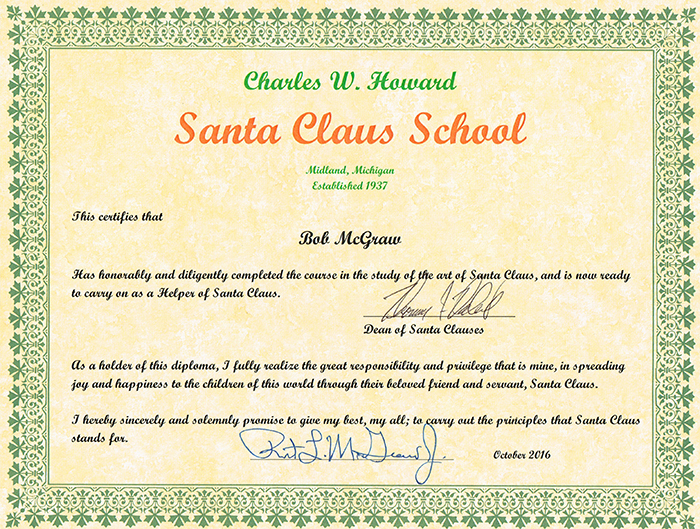
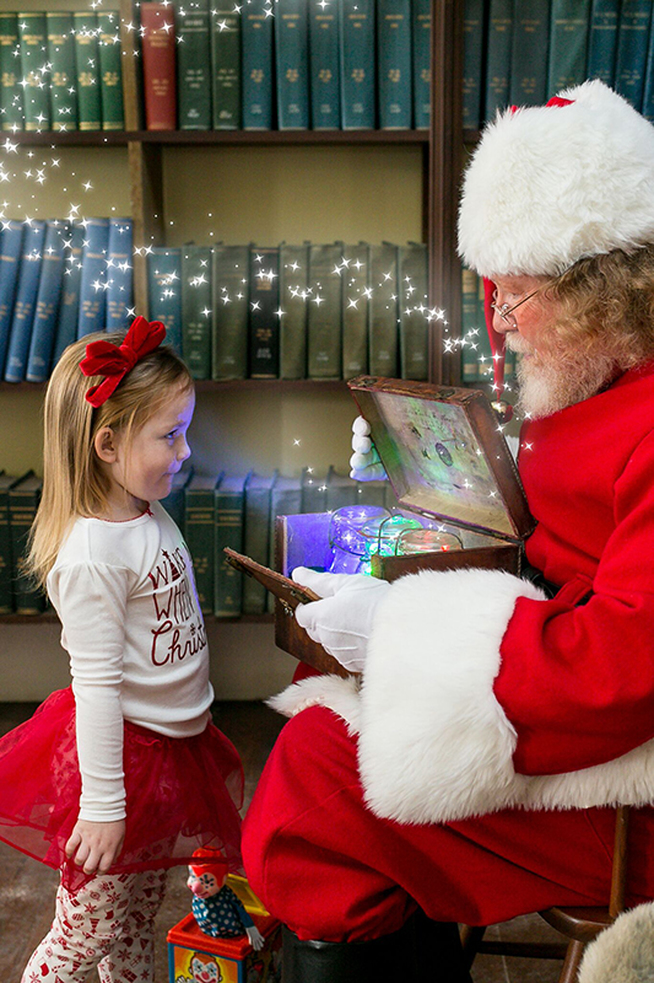
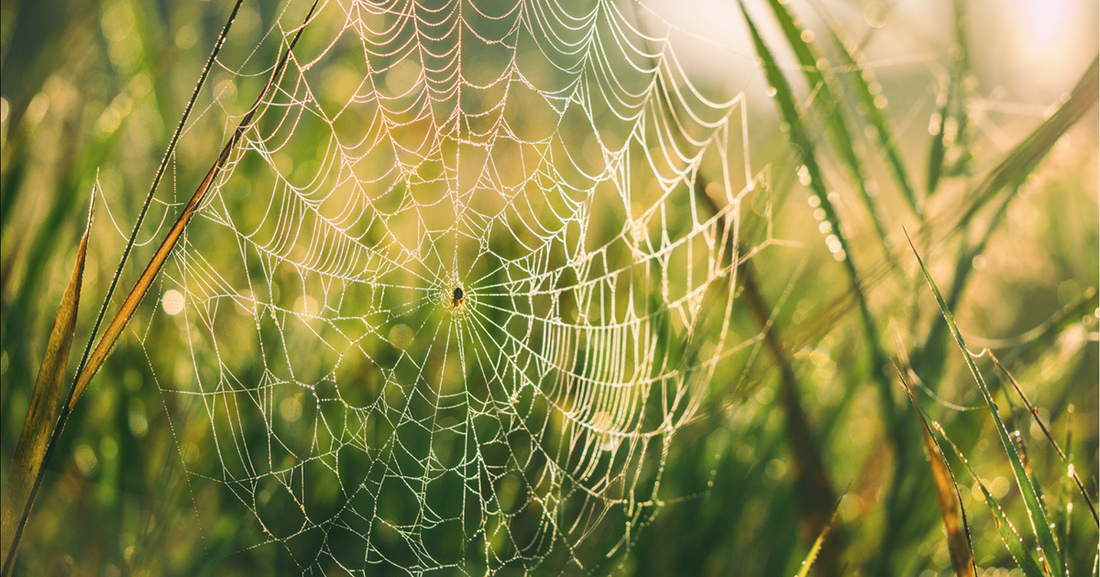

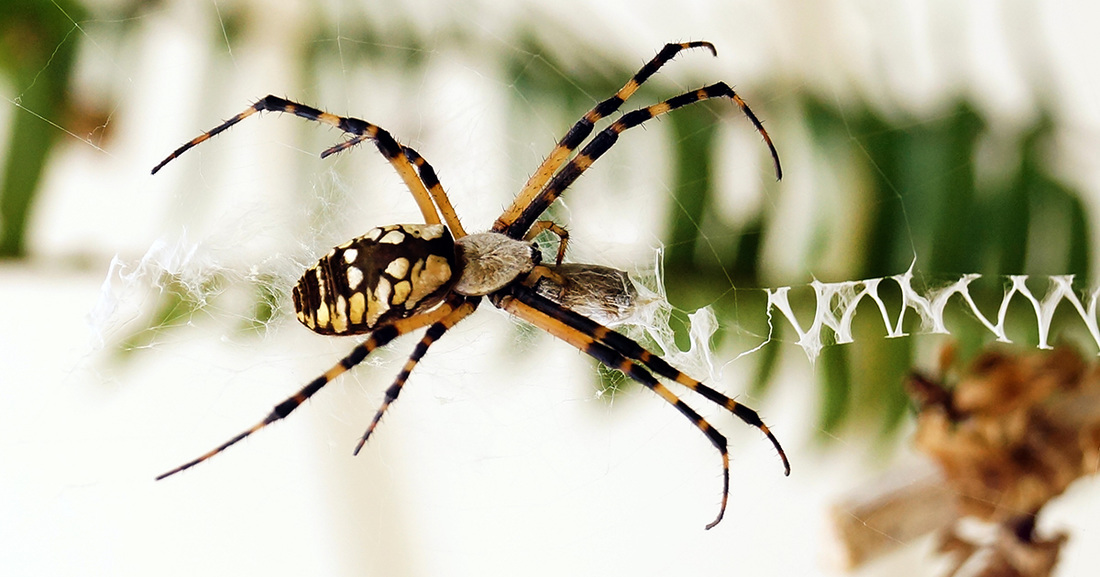





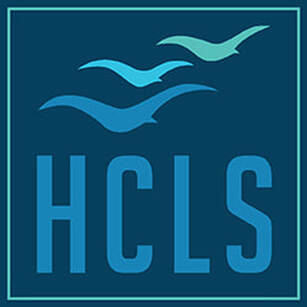
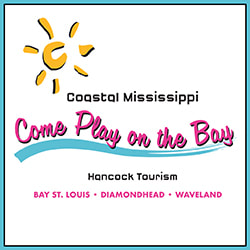






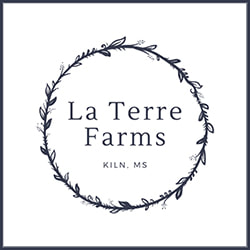





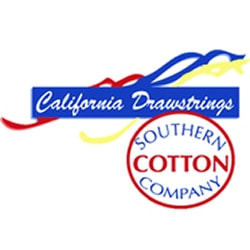


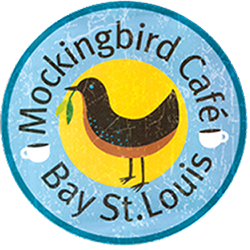




 RSS Feed
RSS Feed













